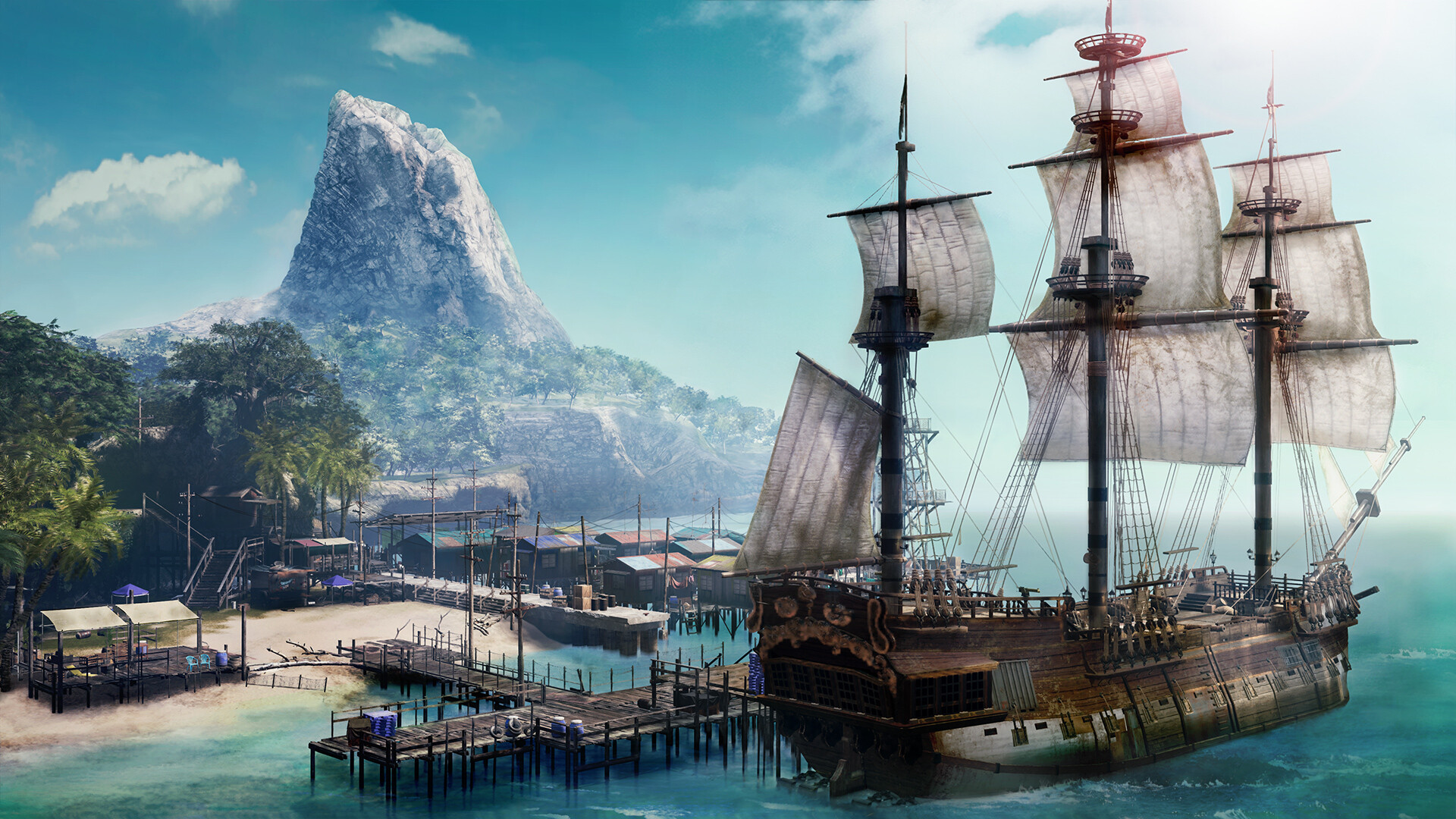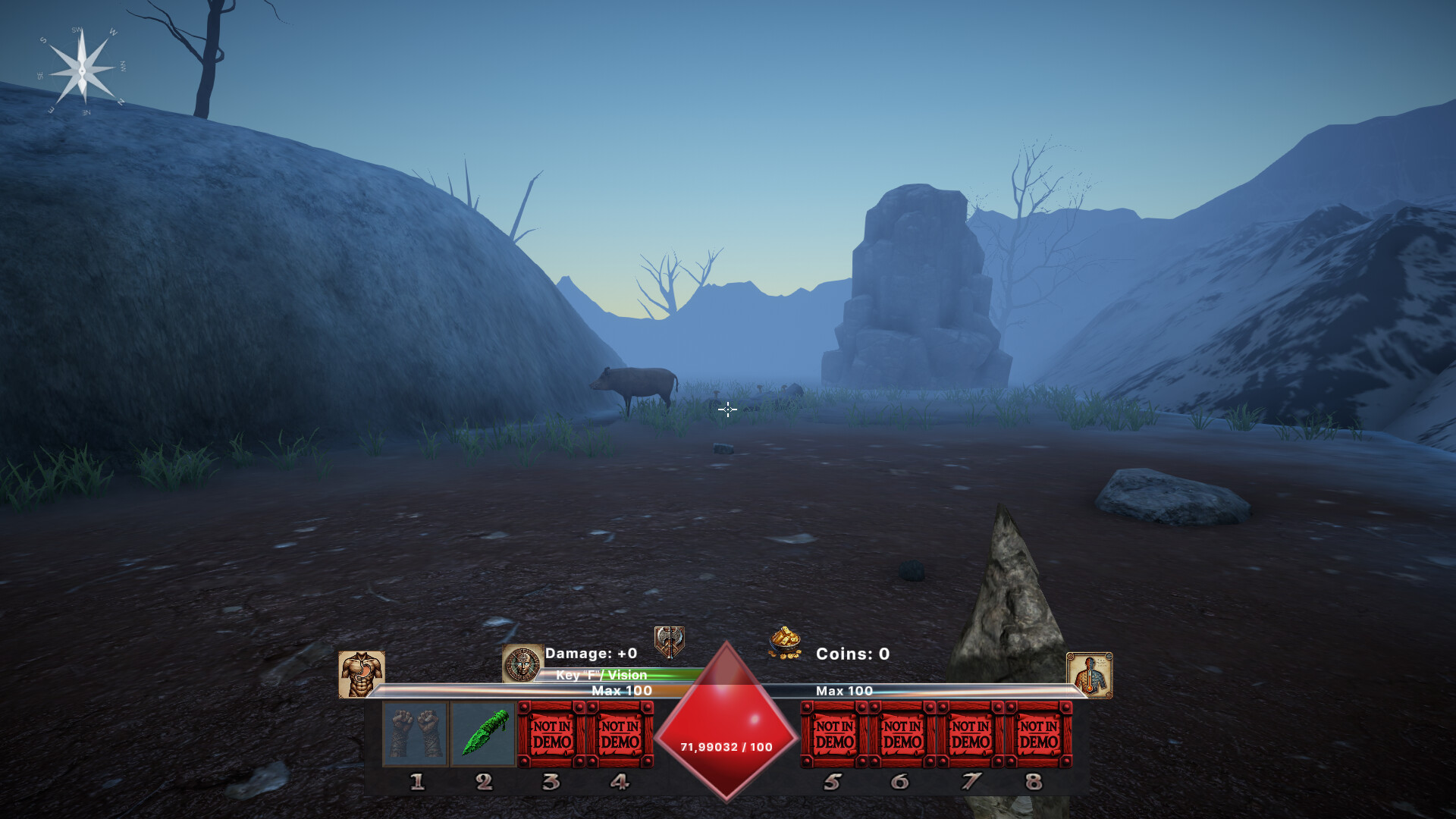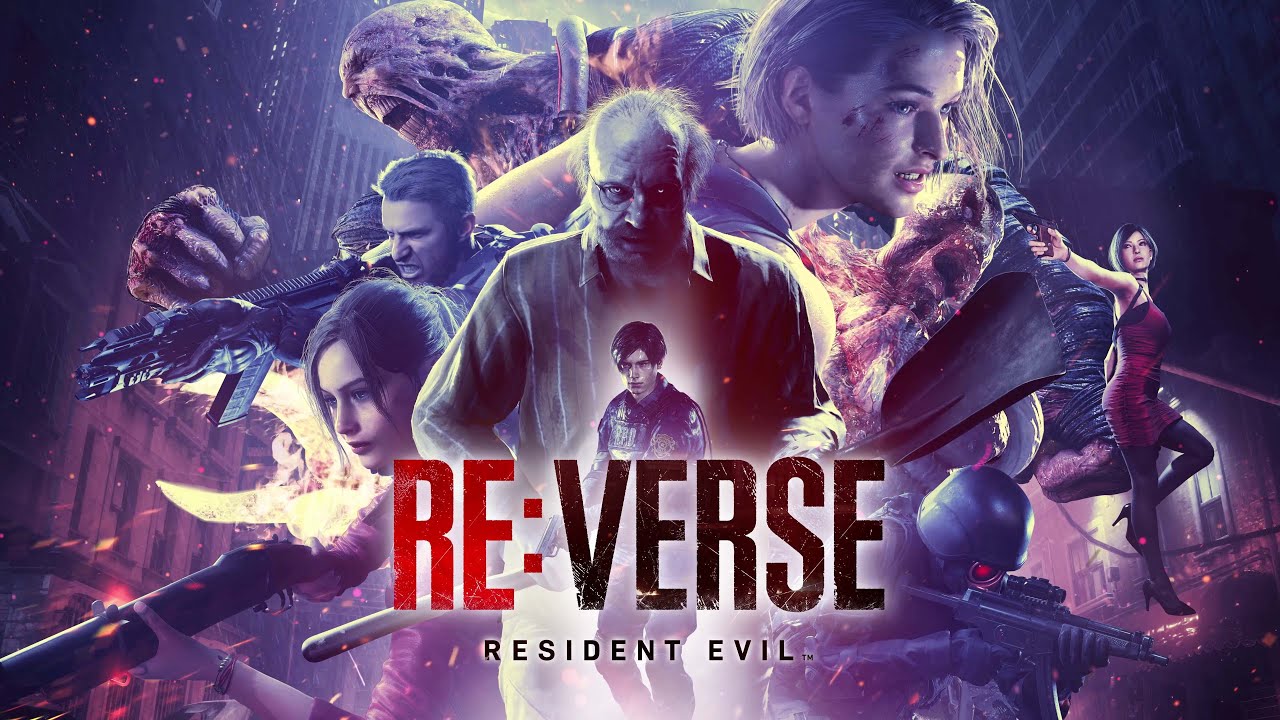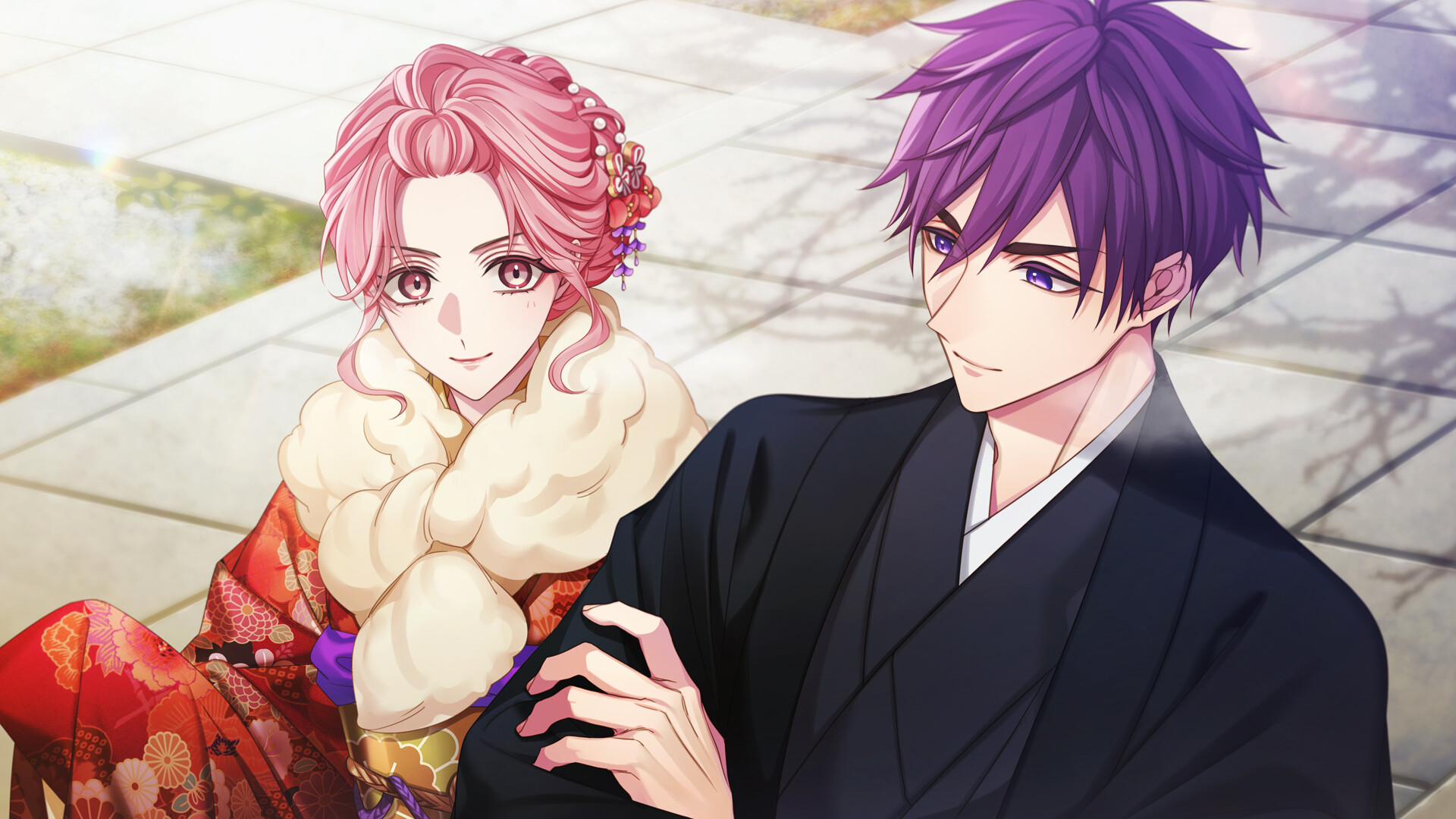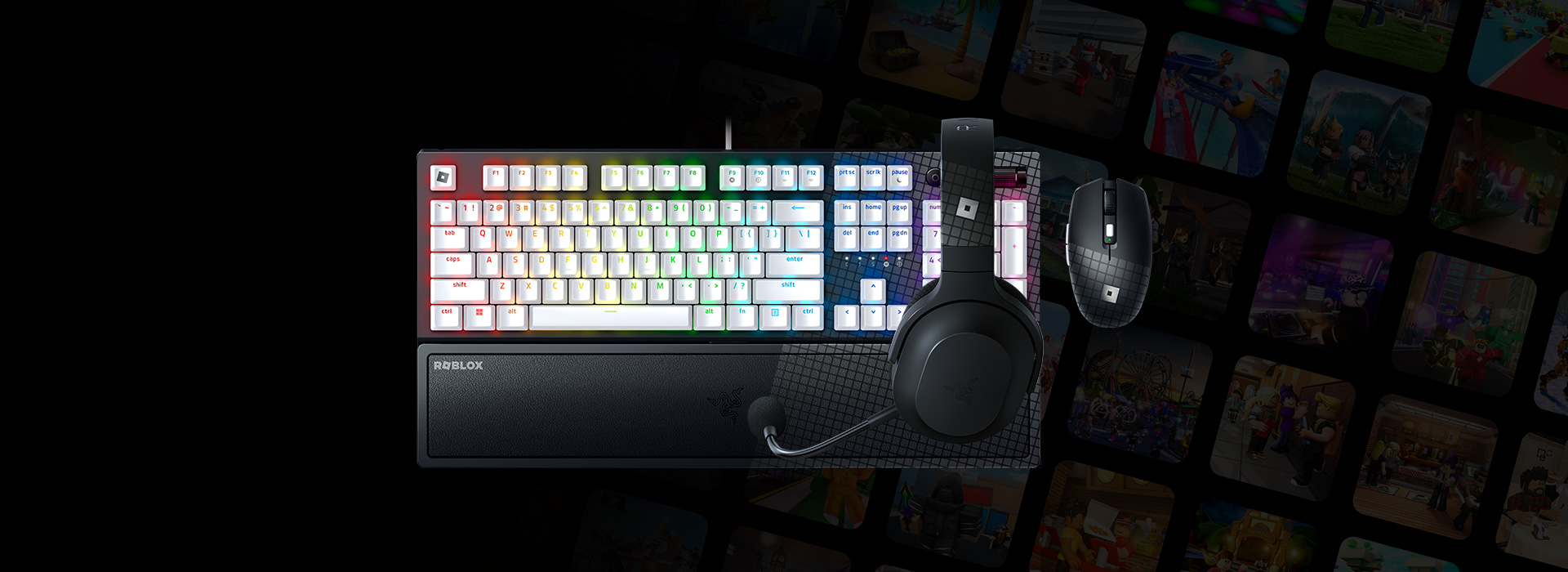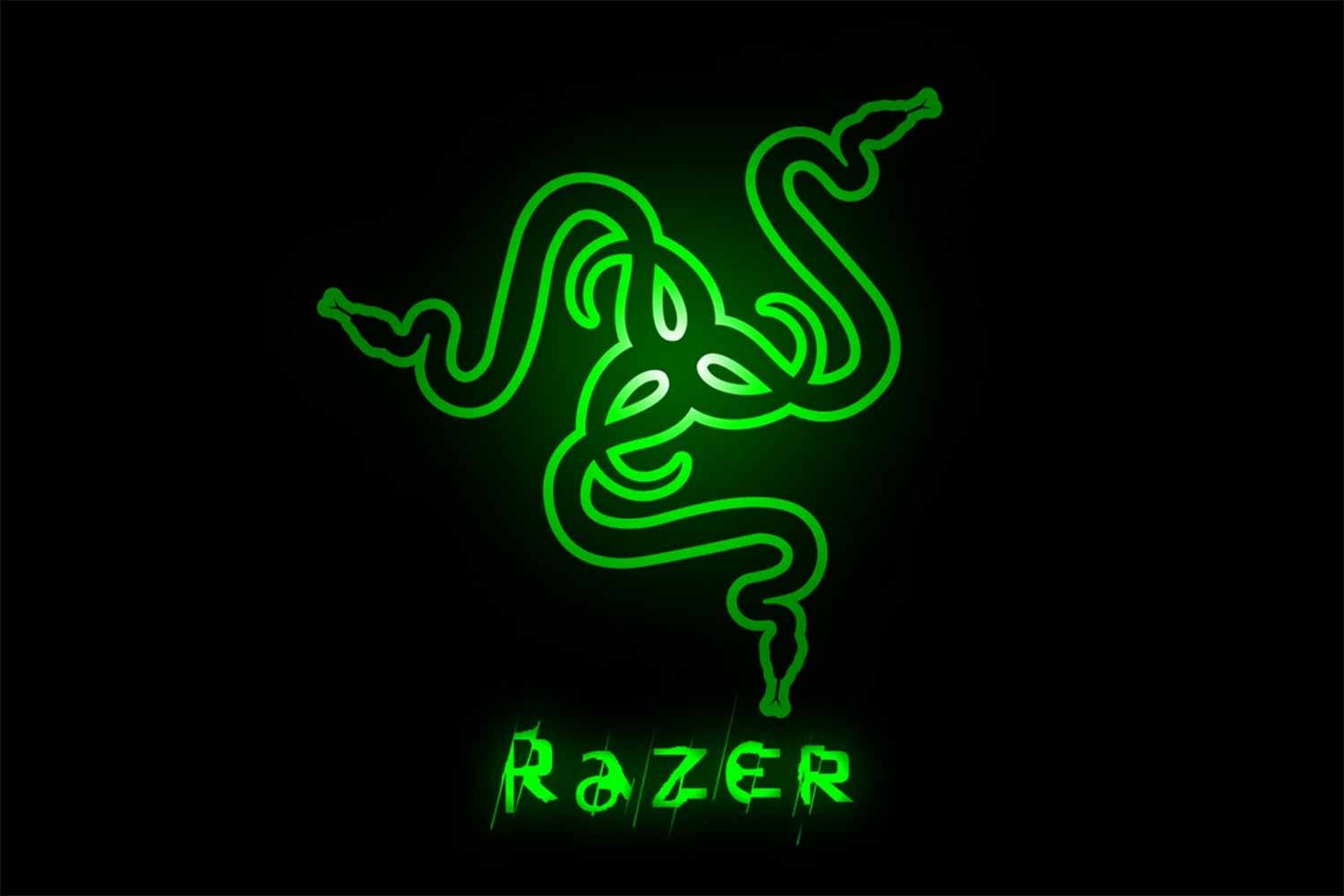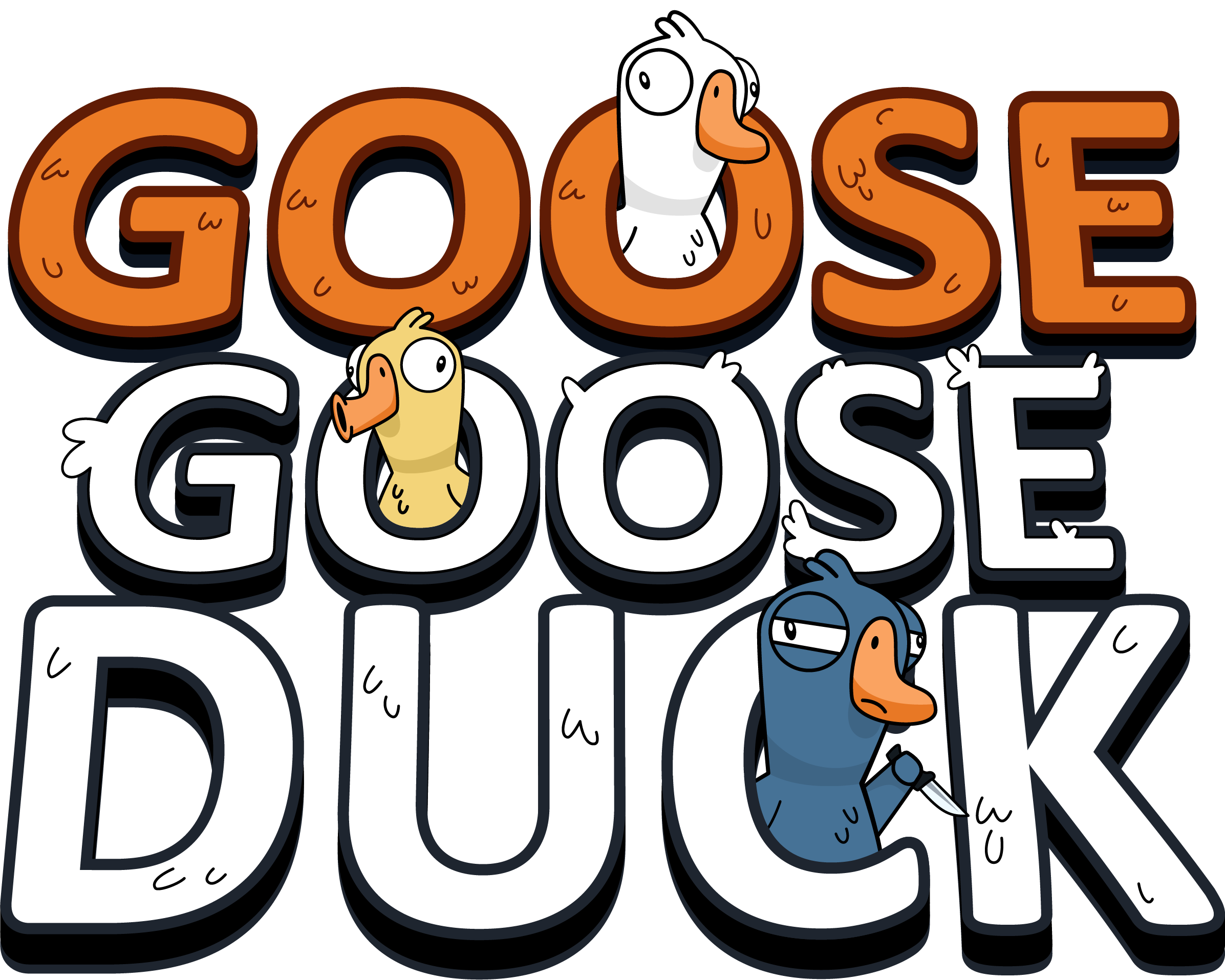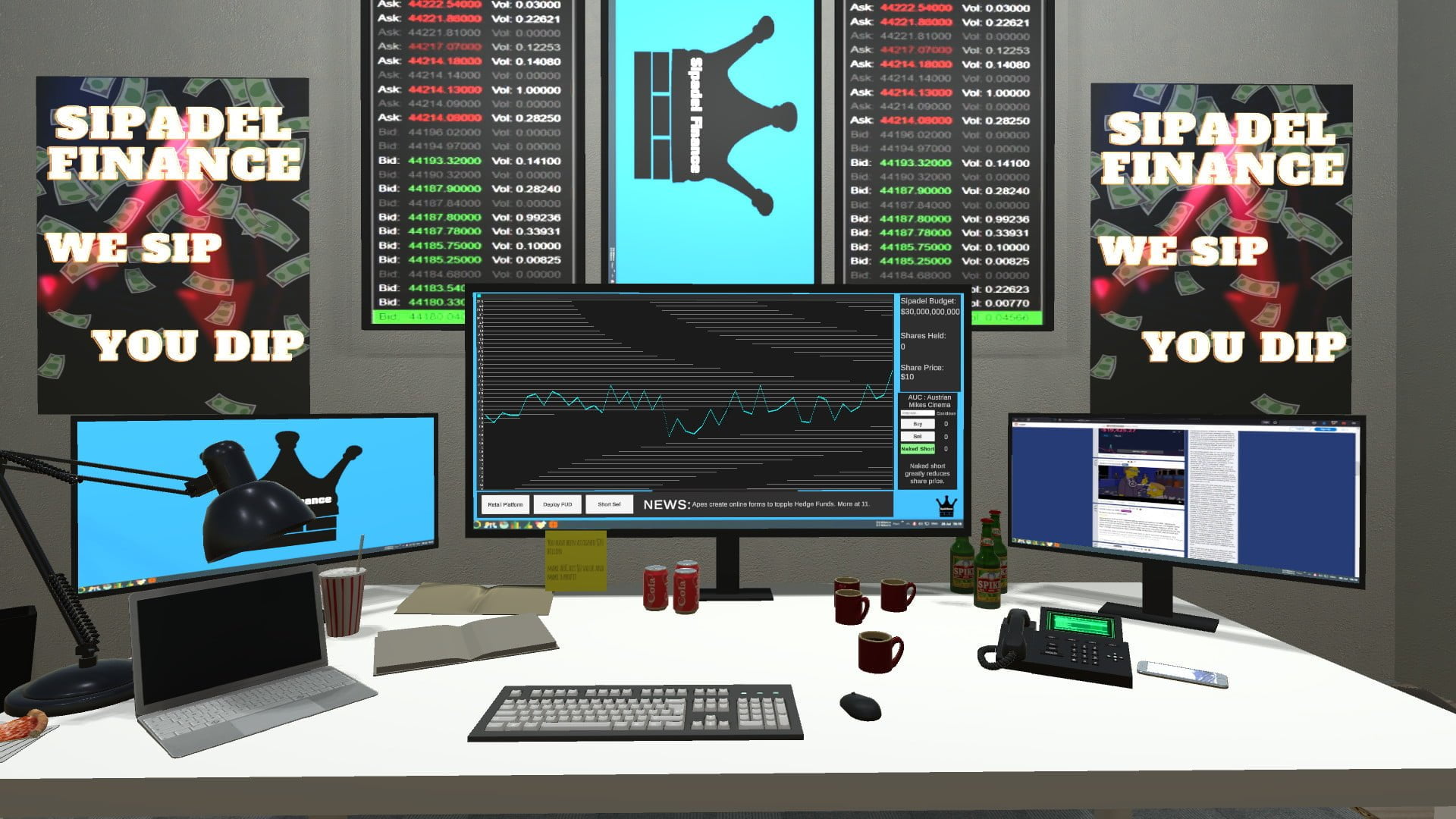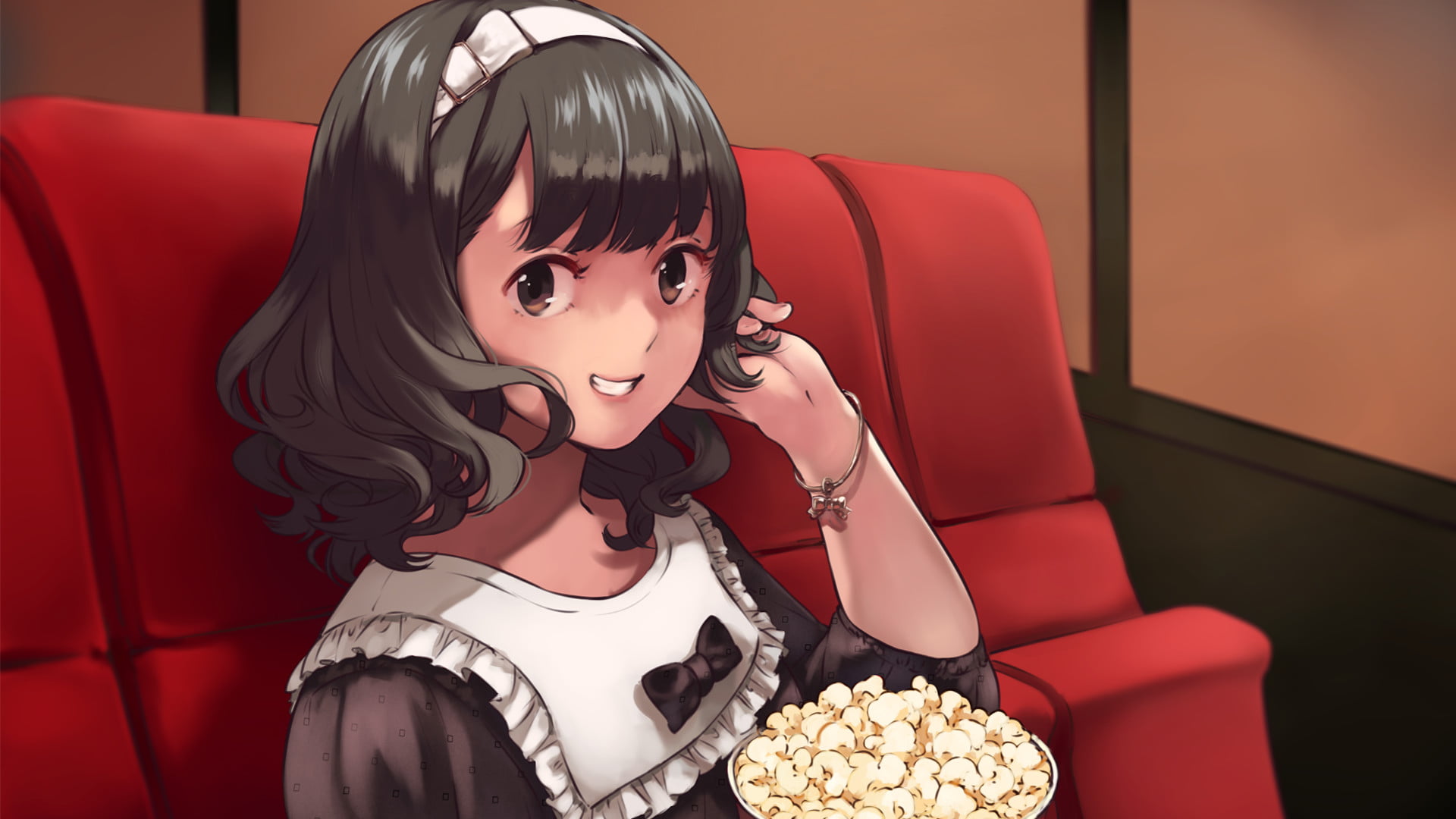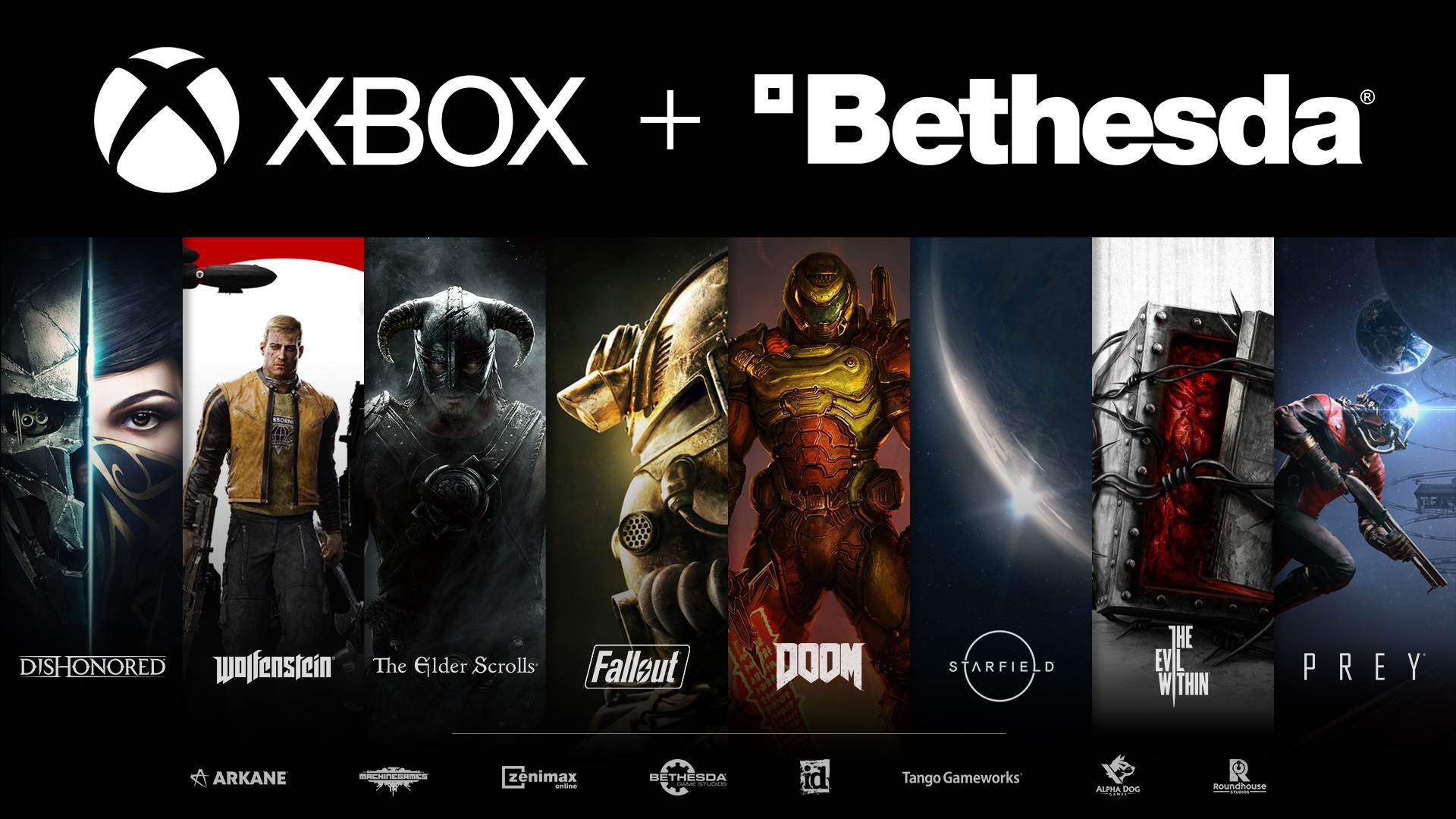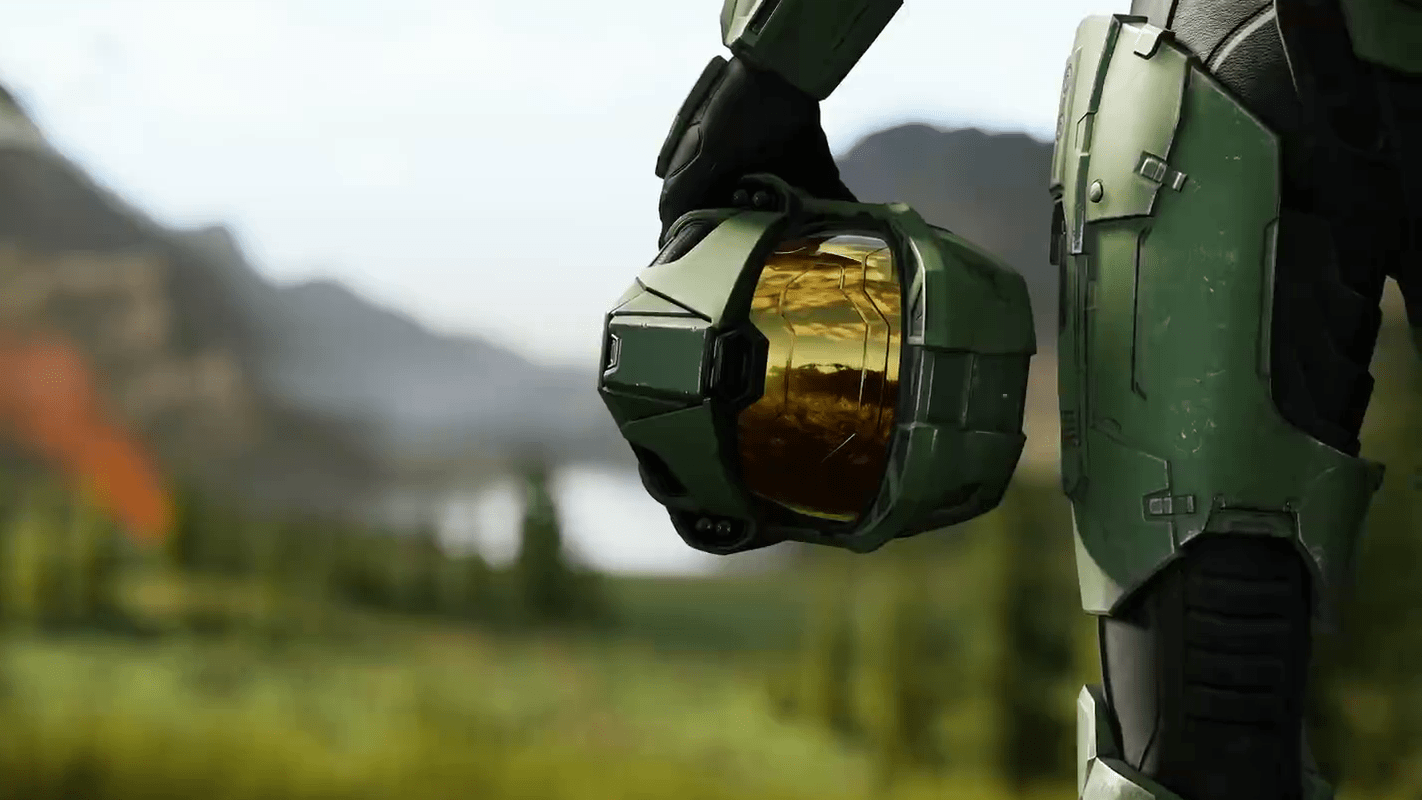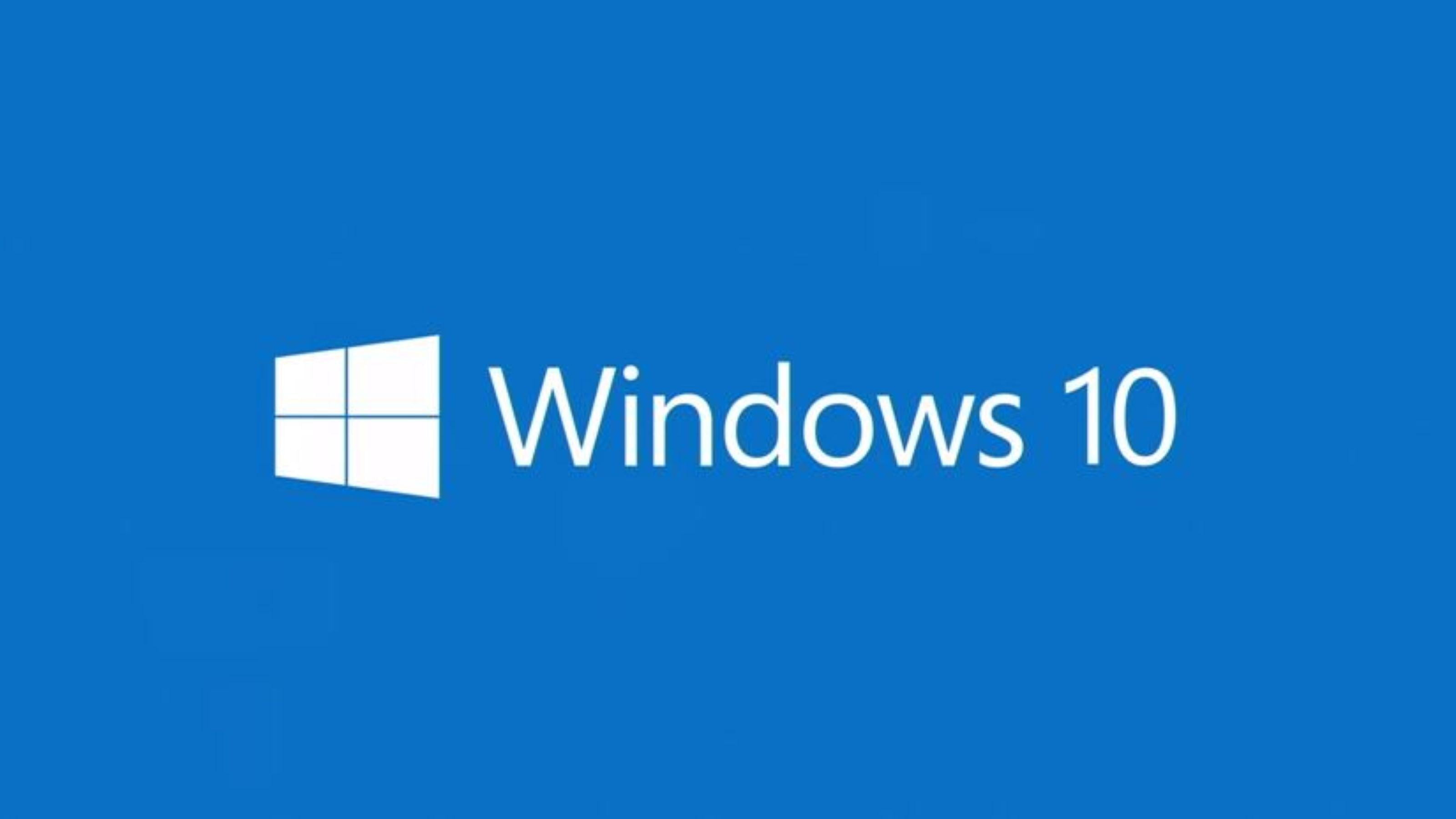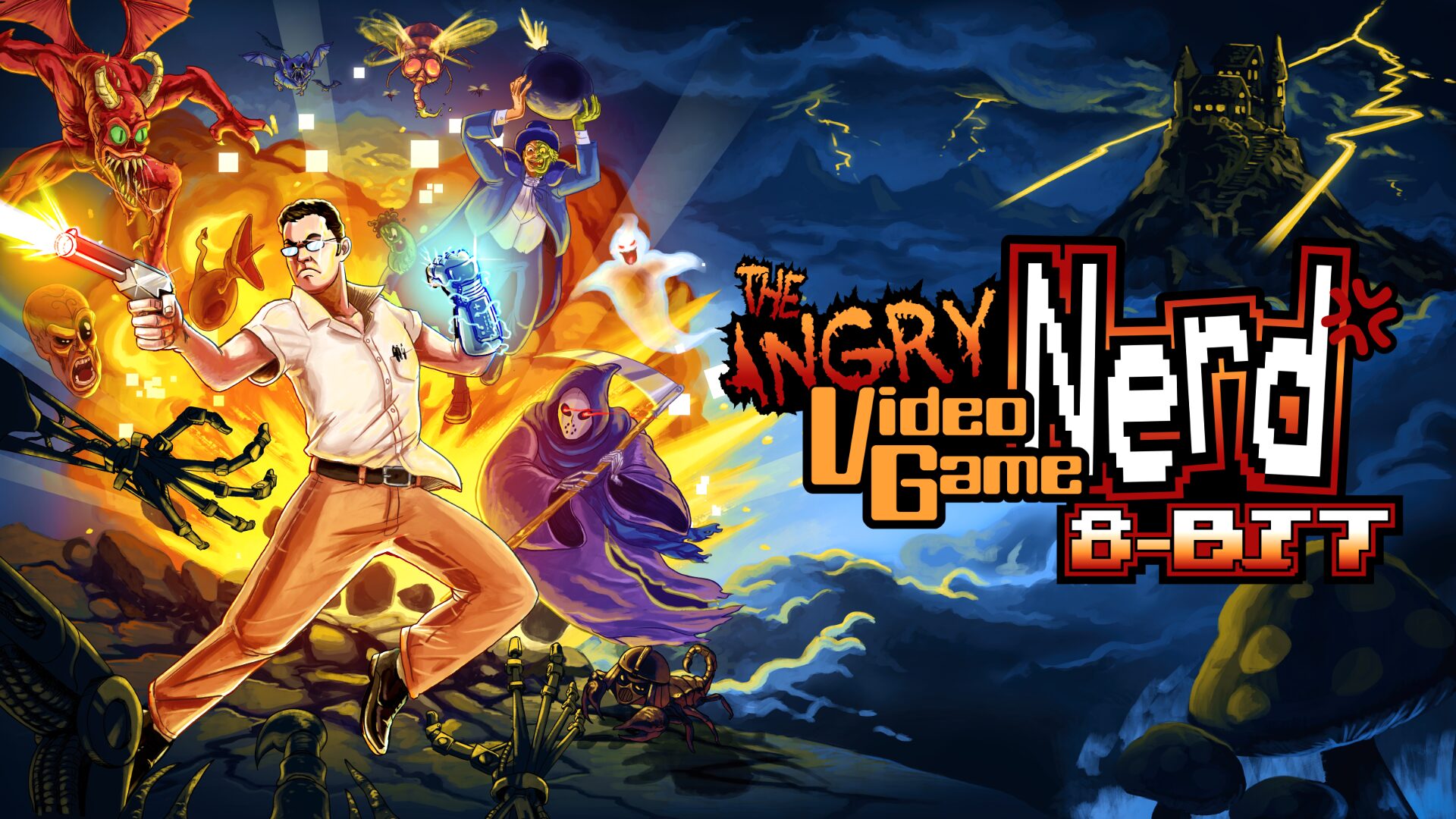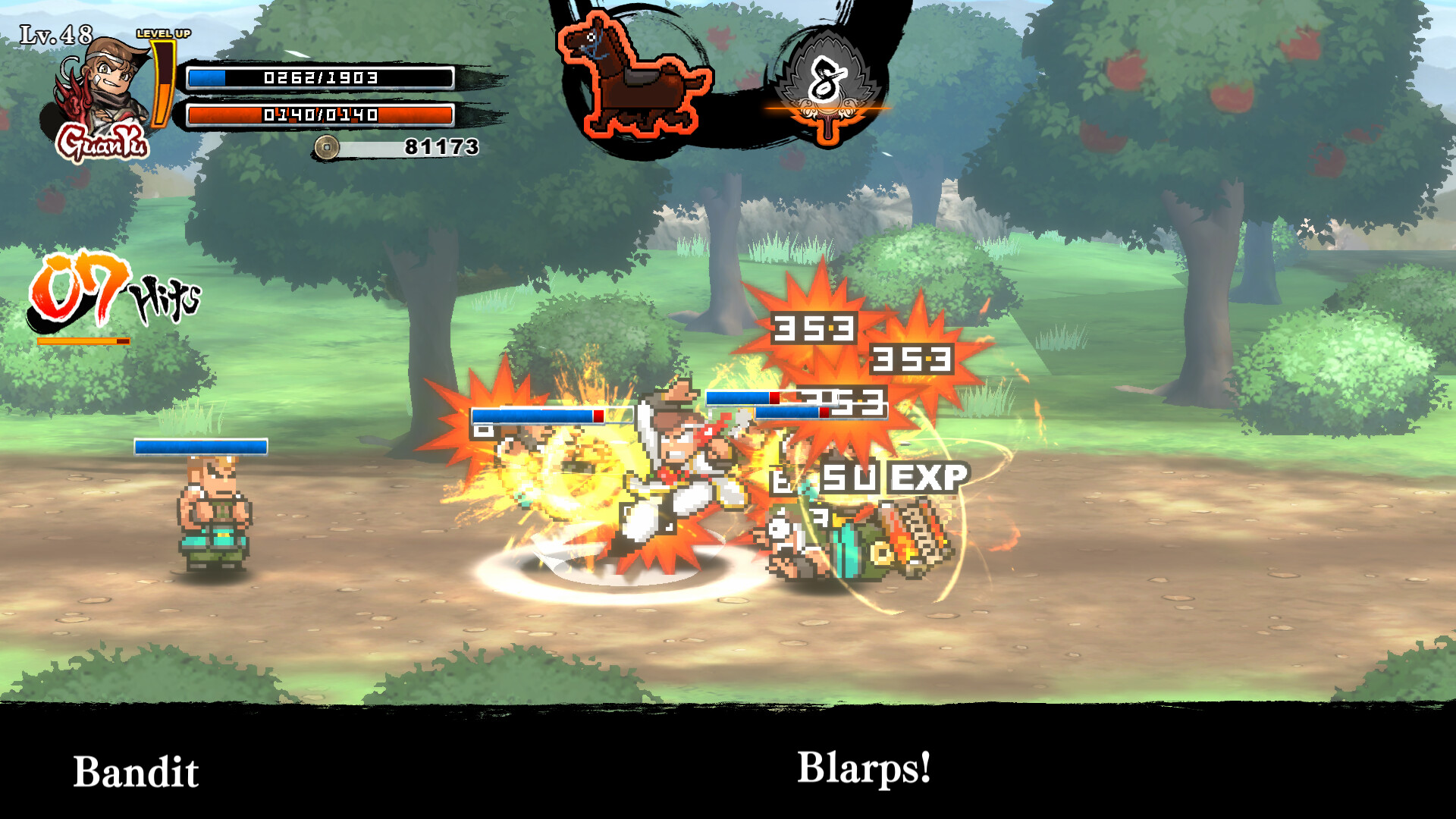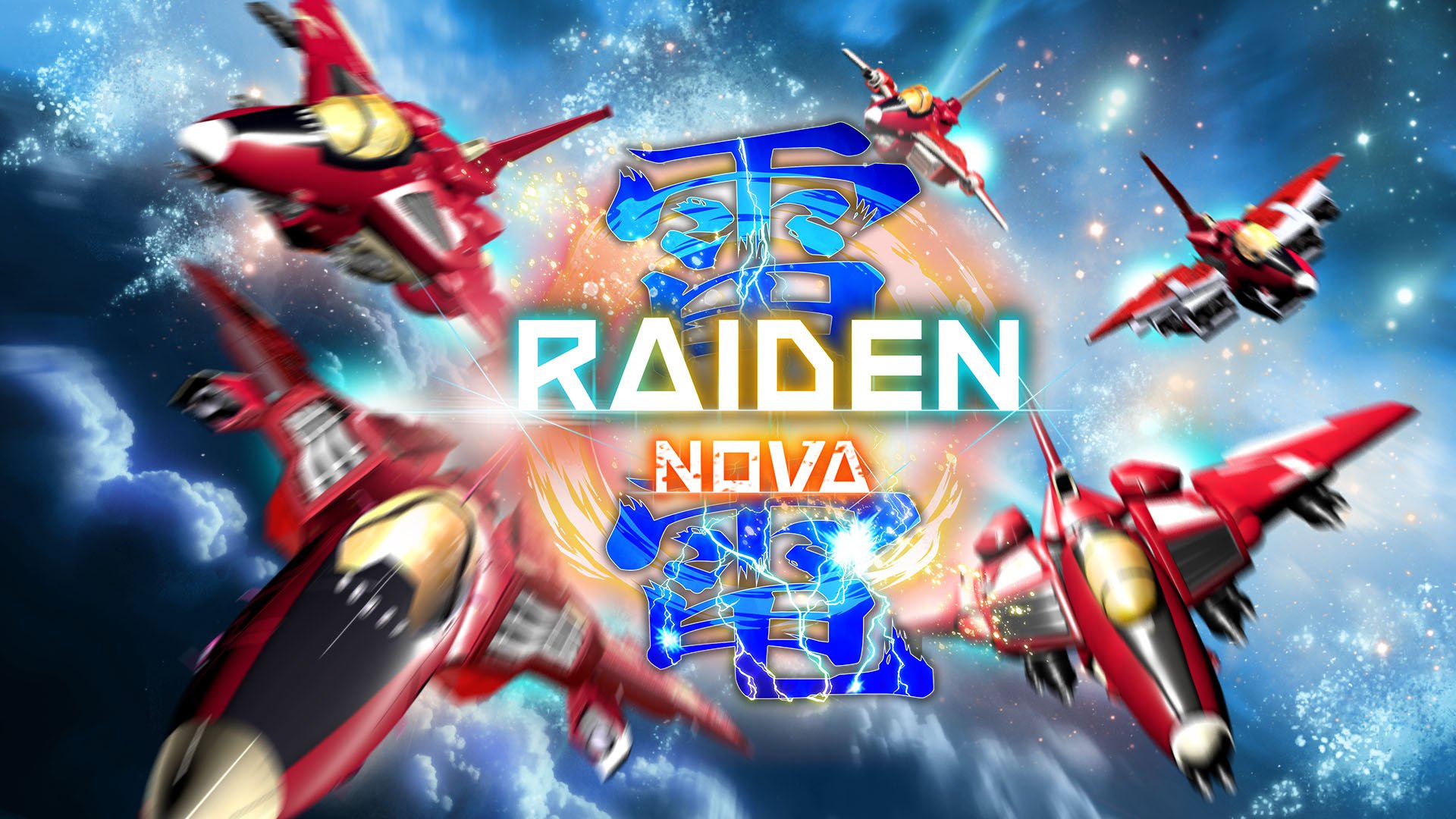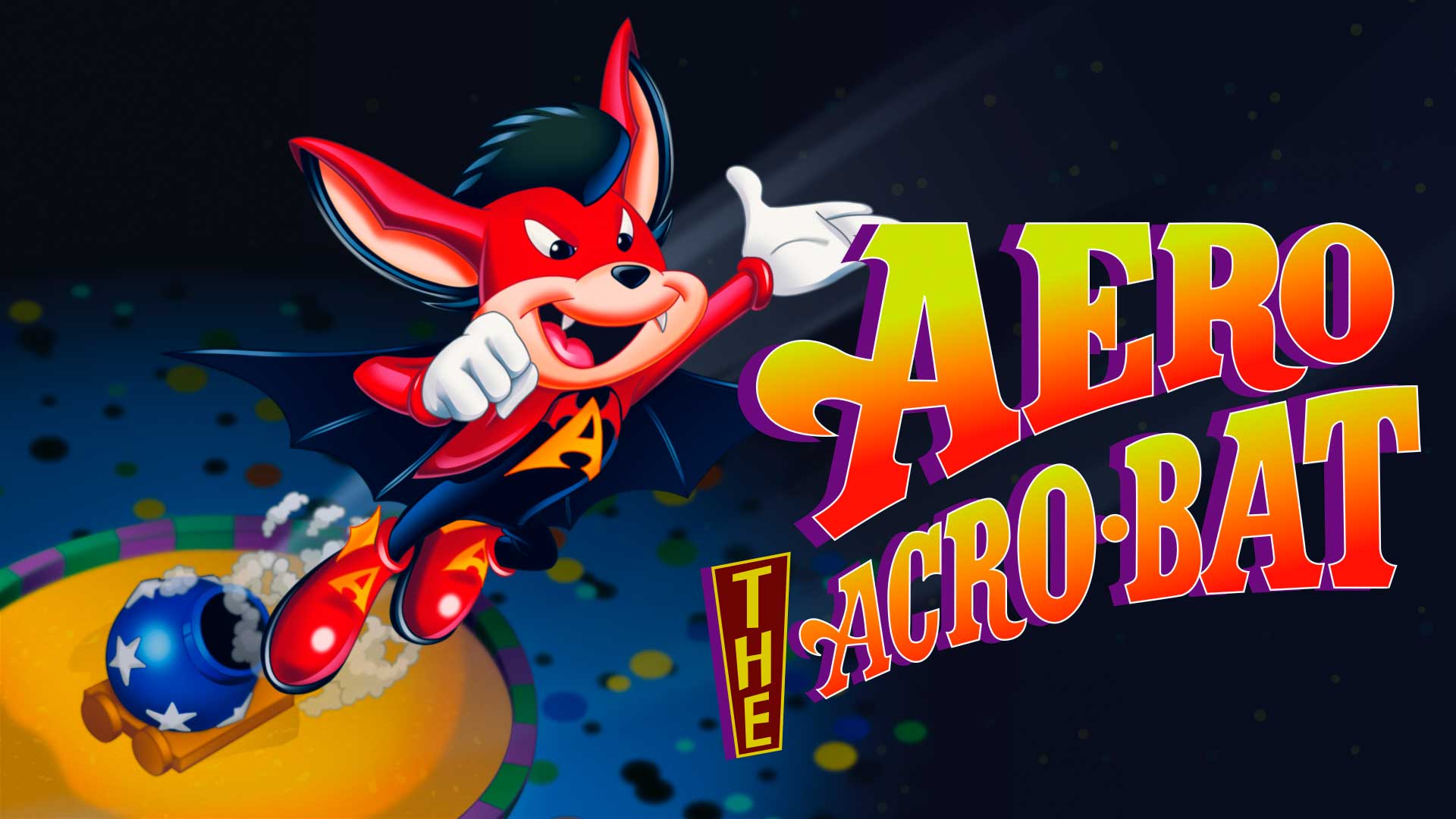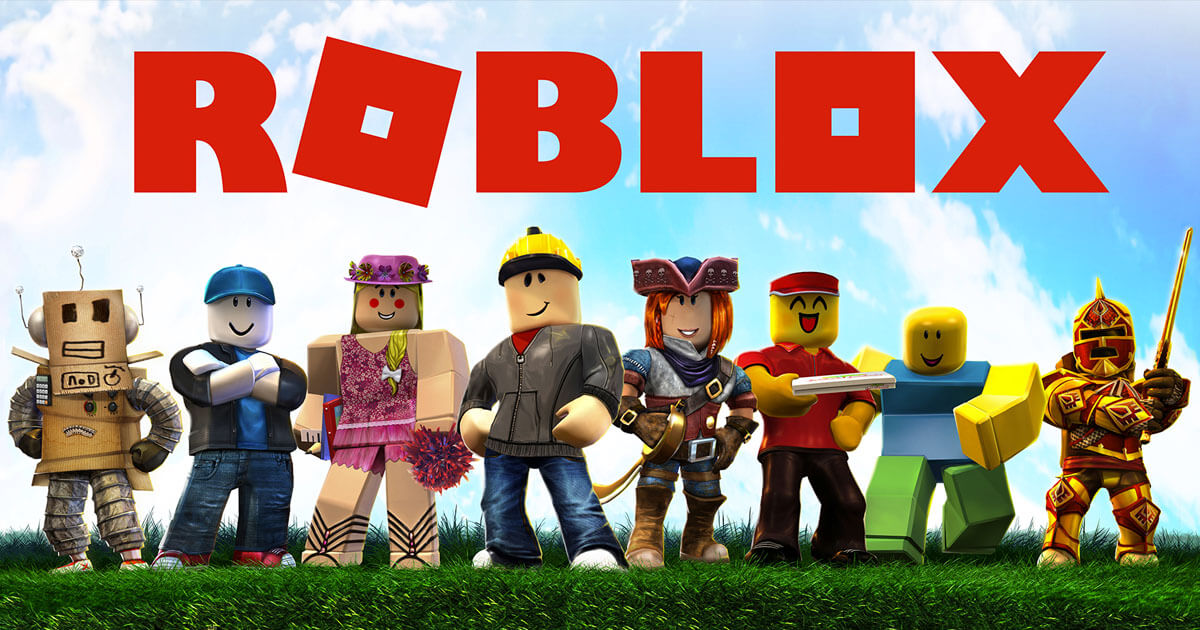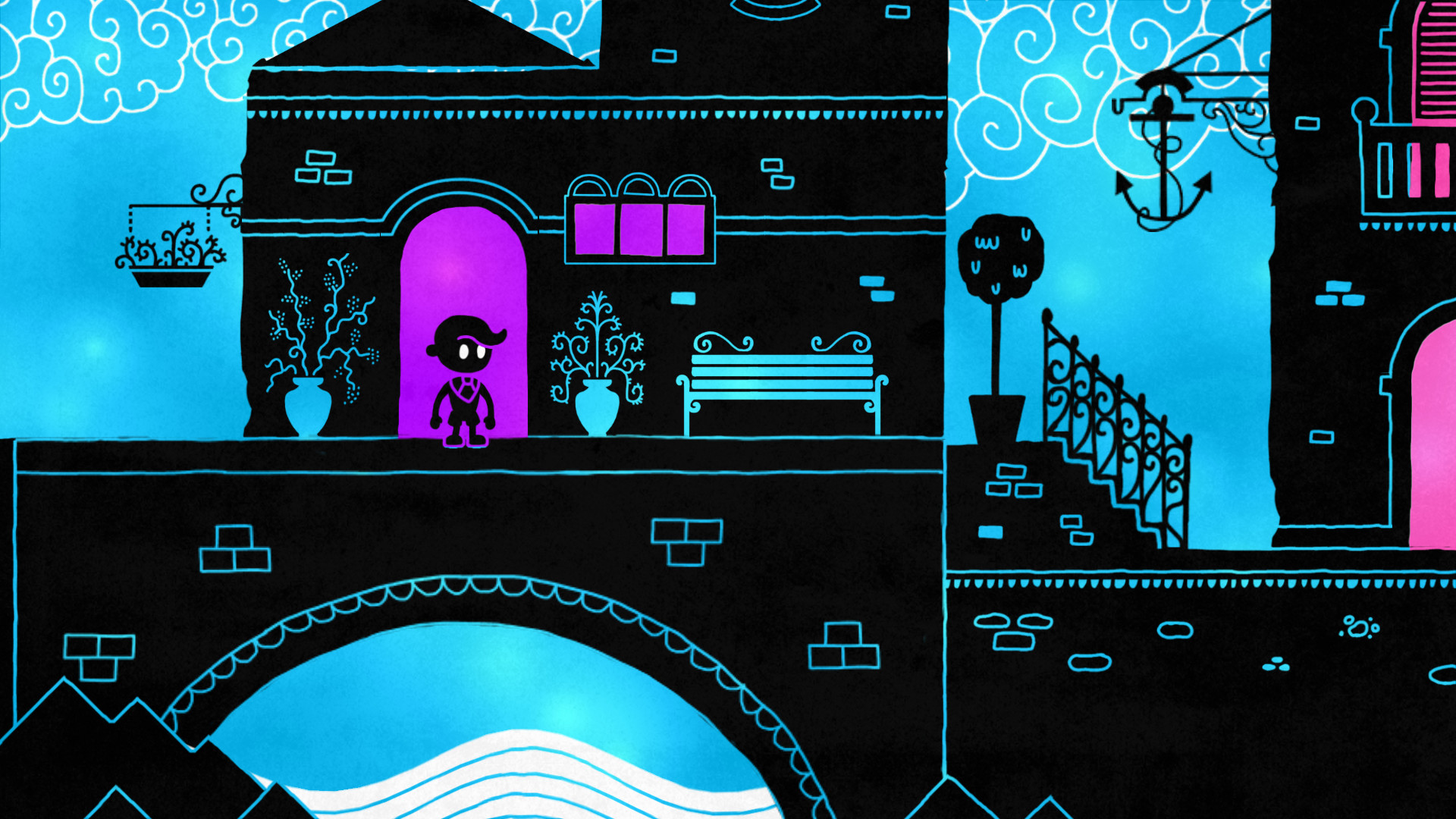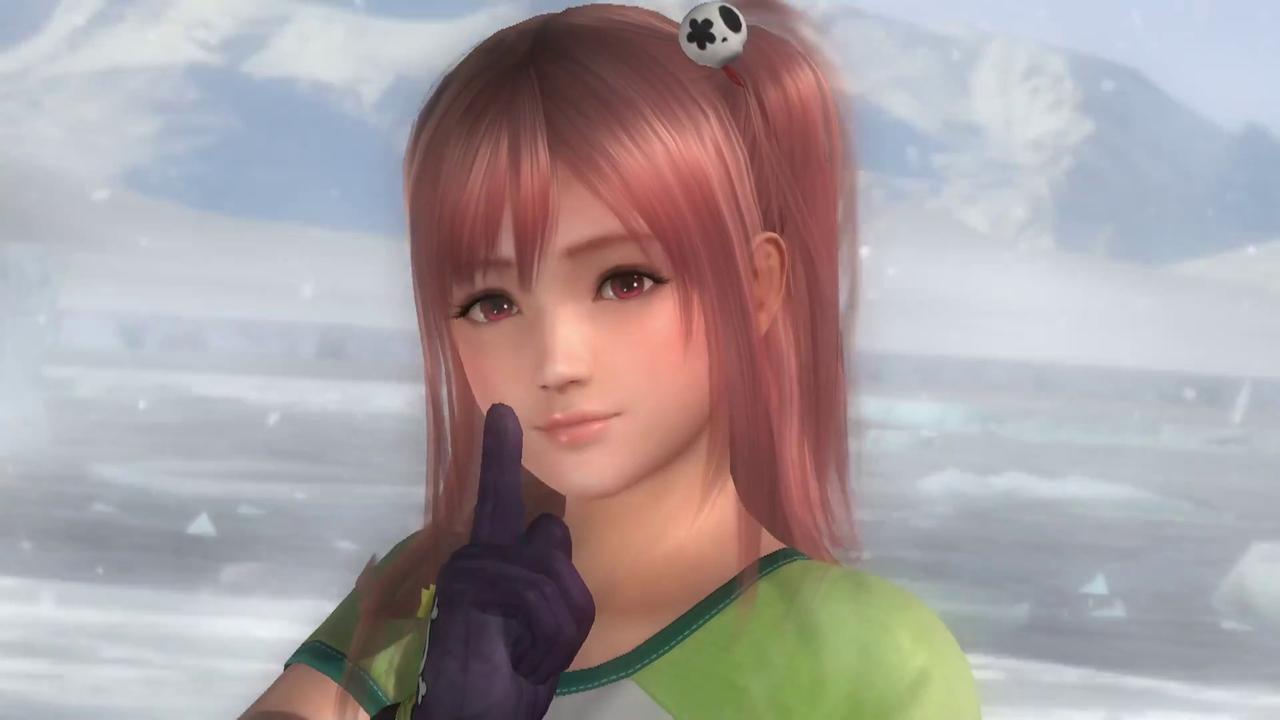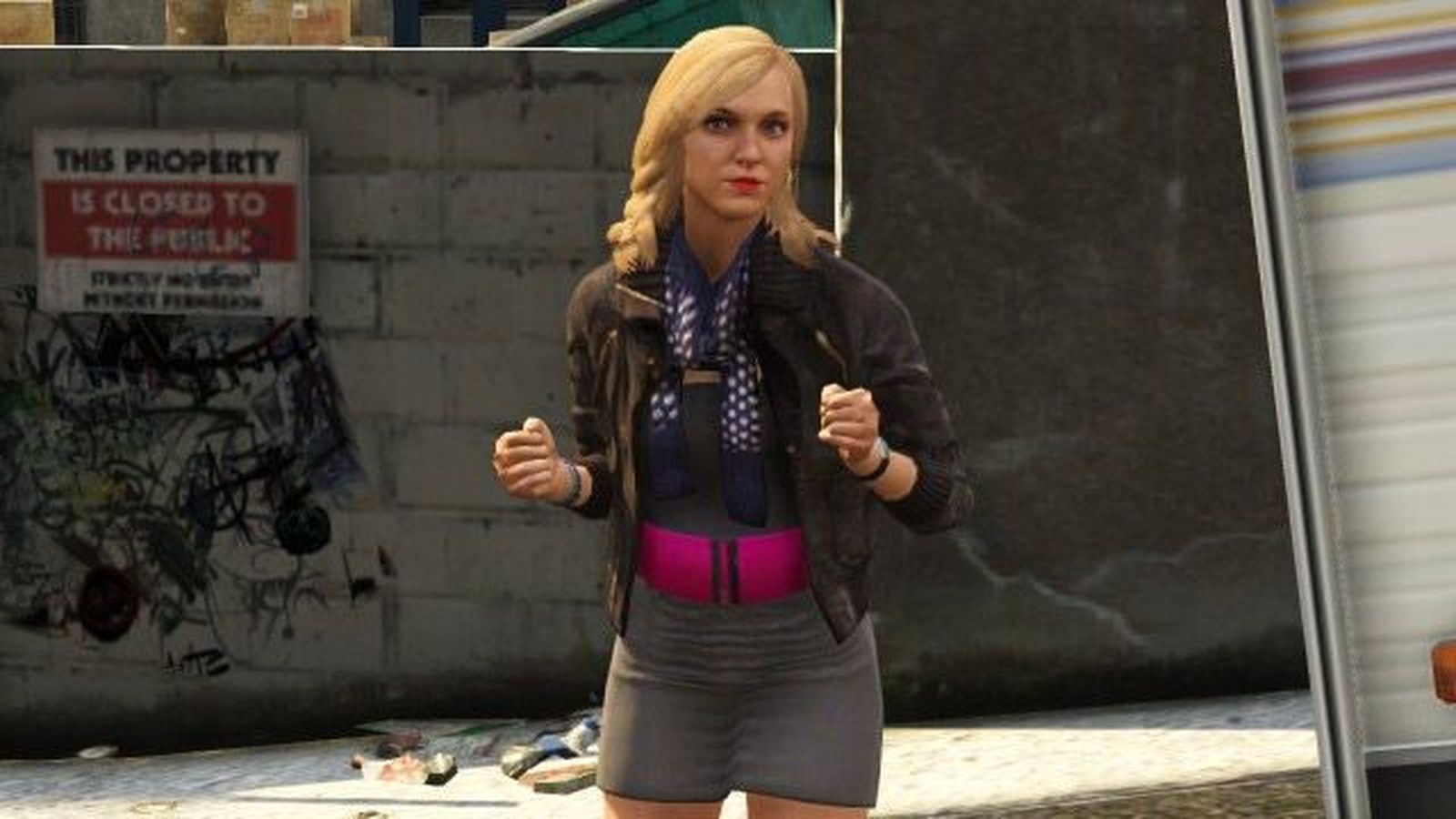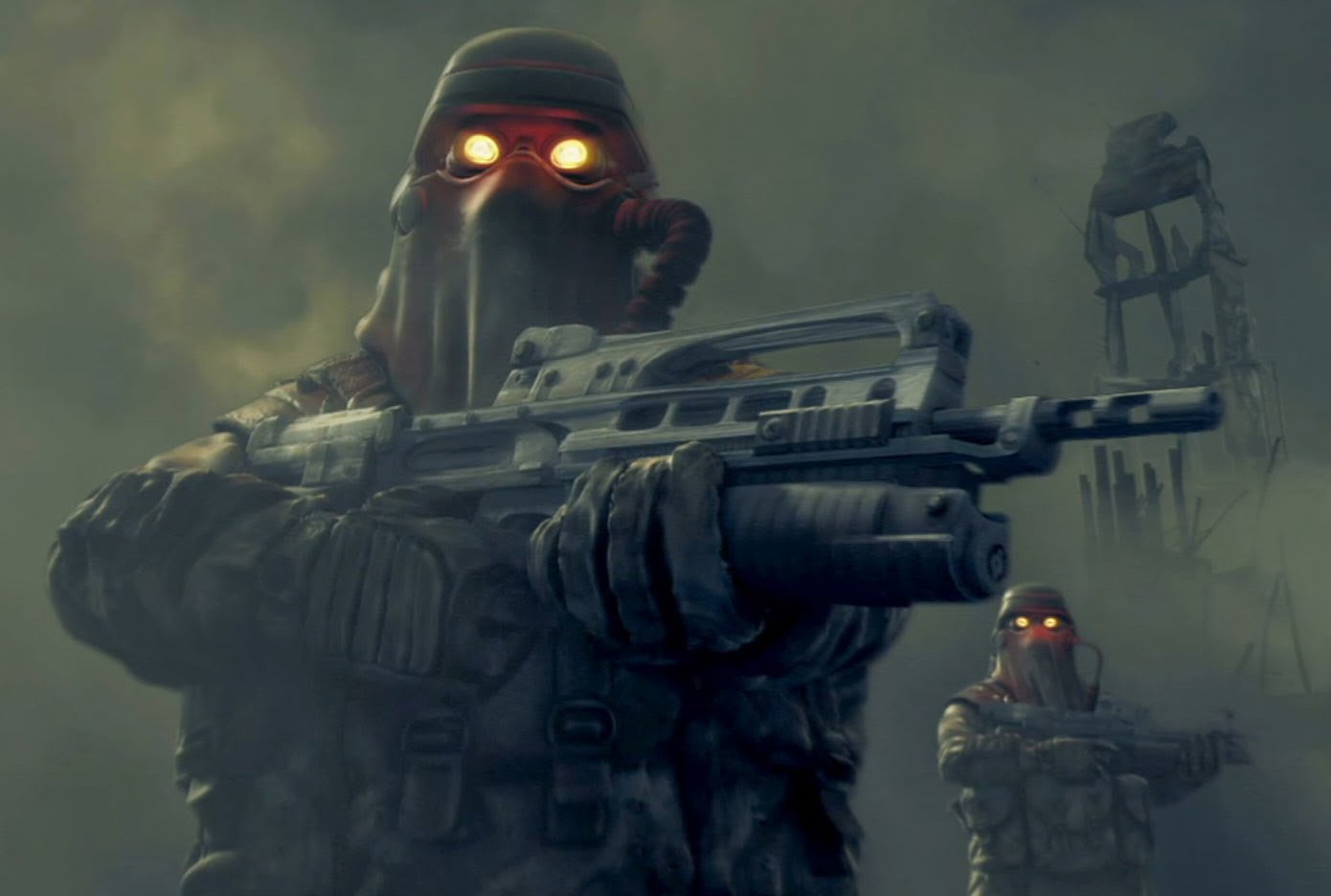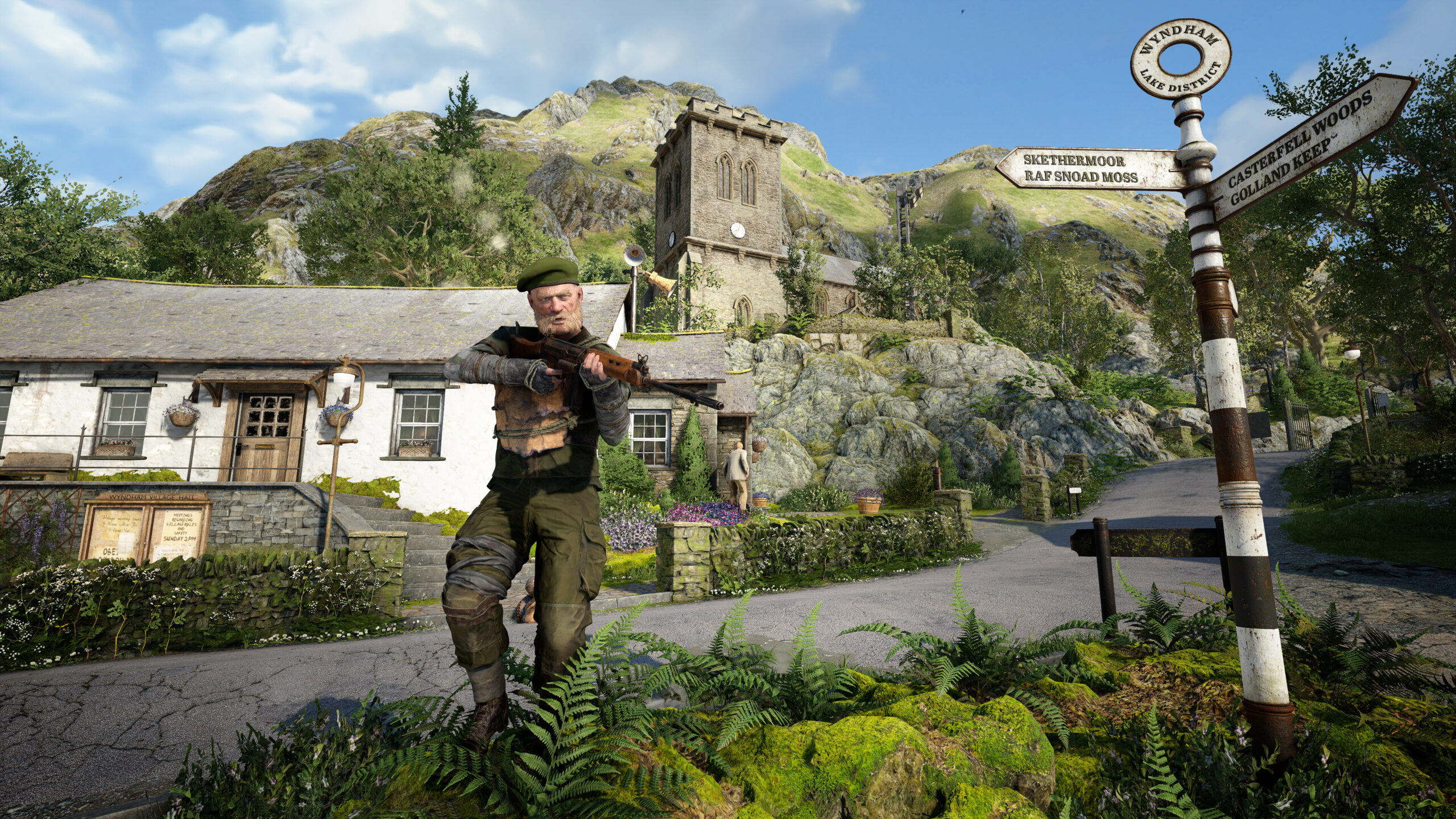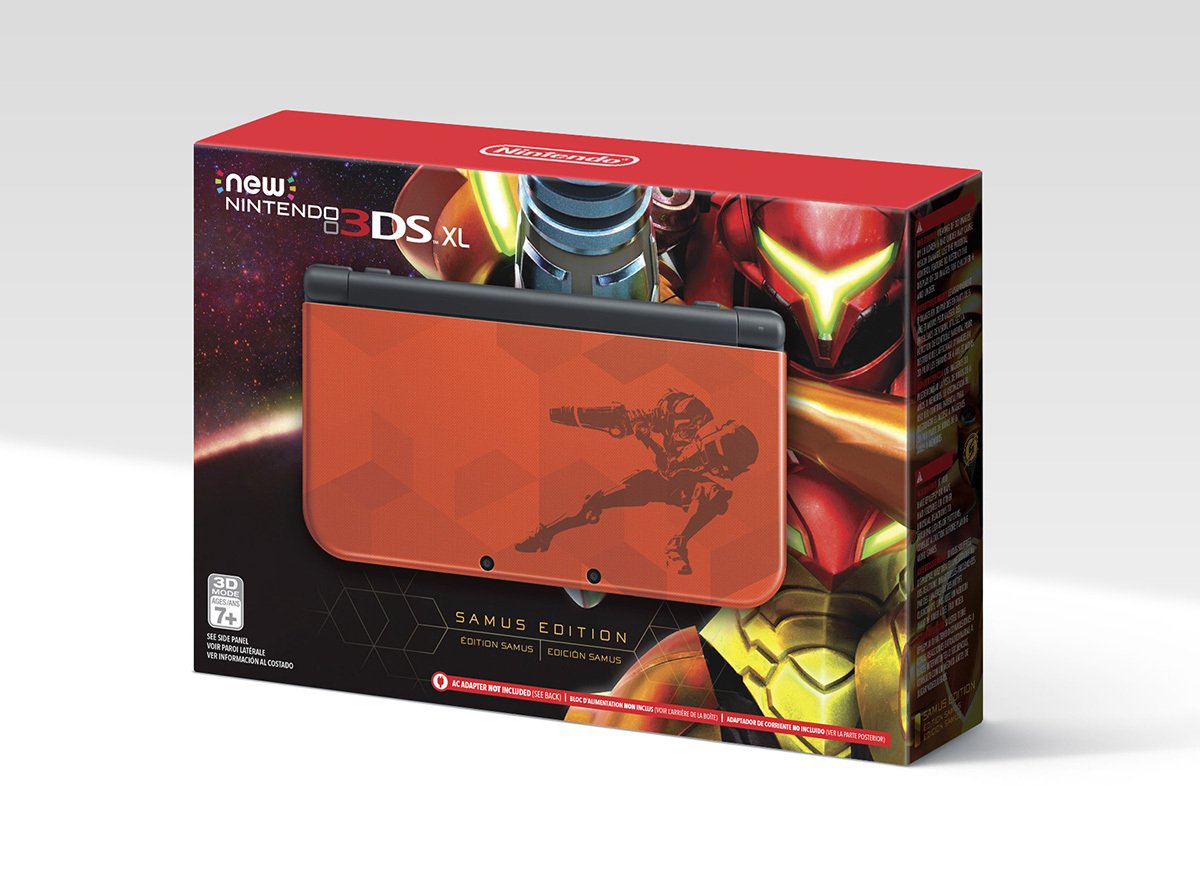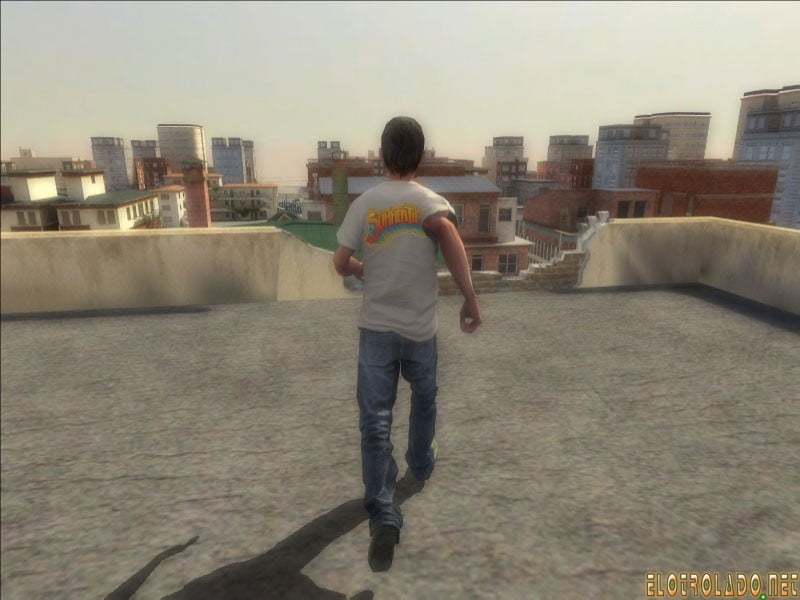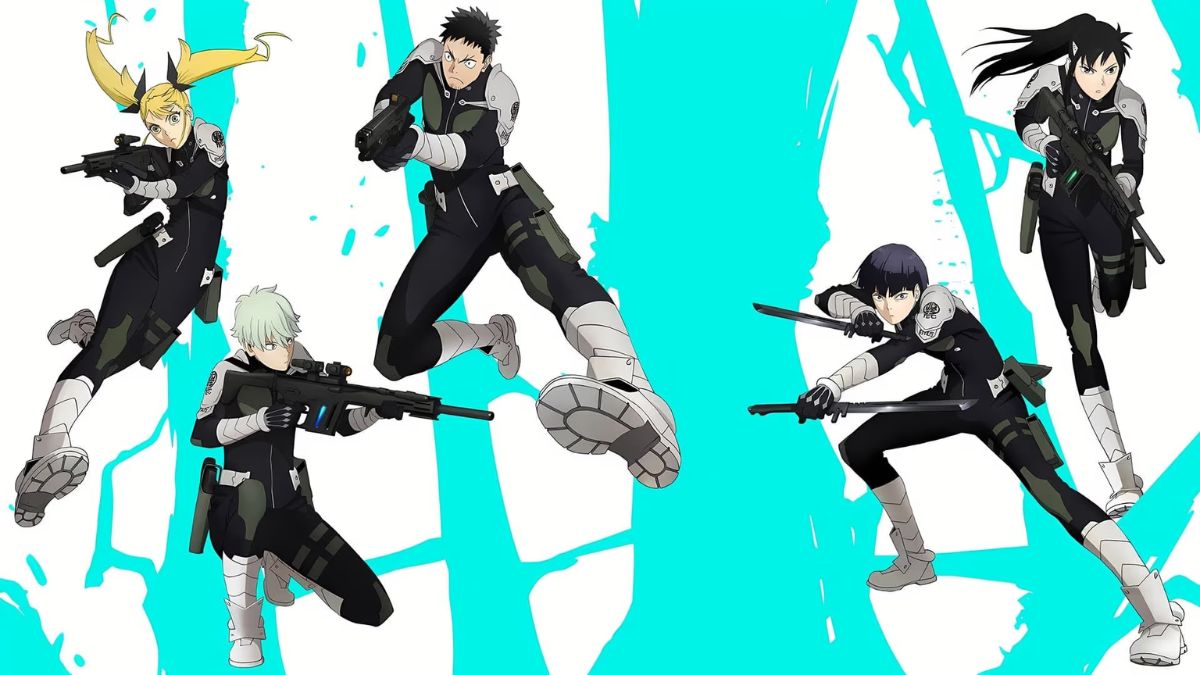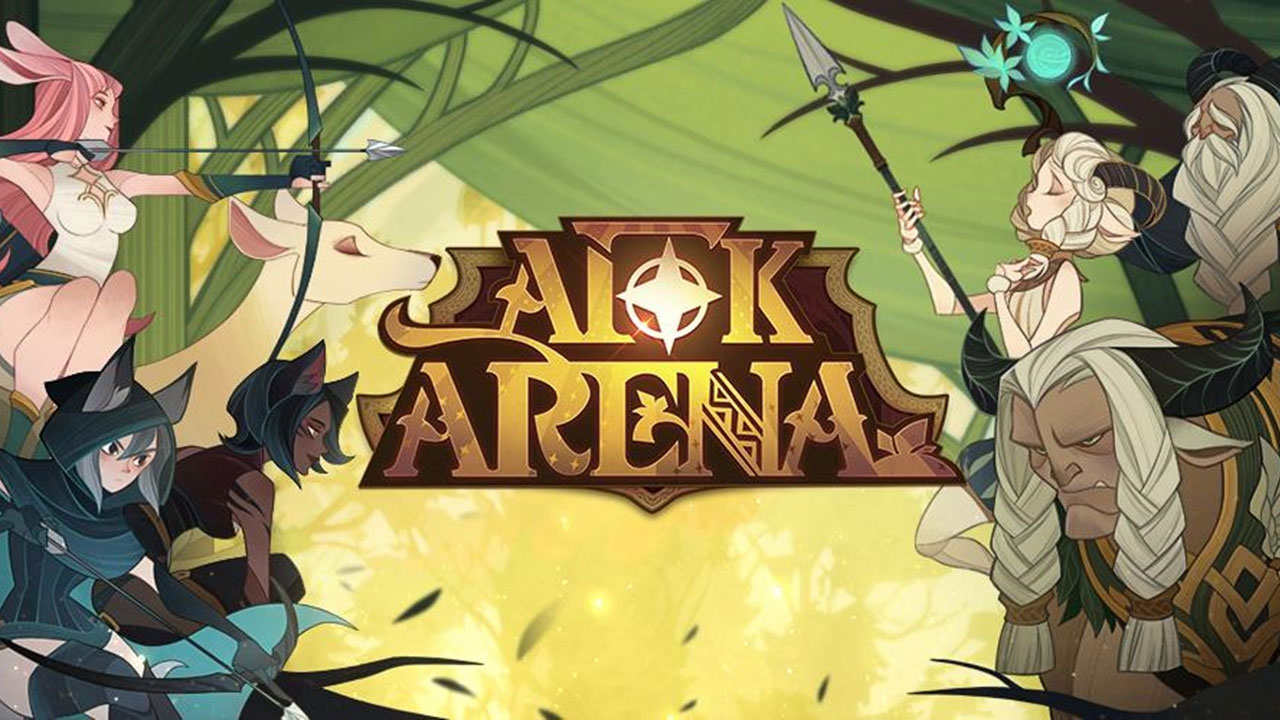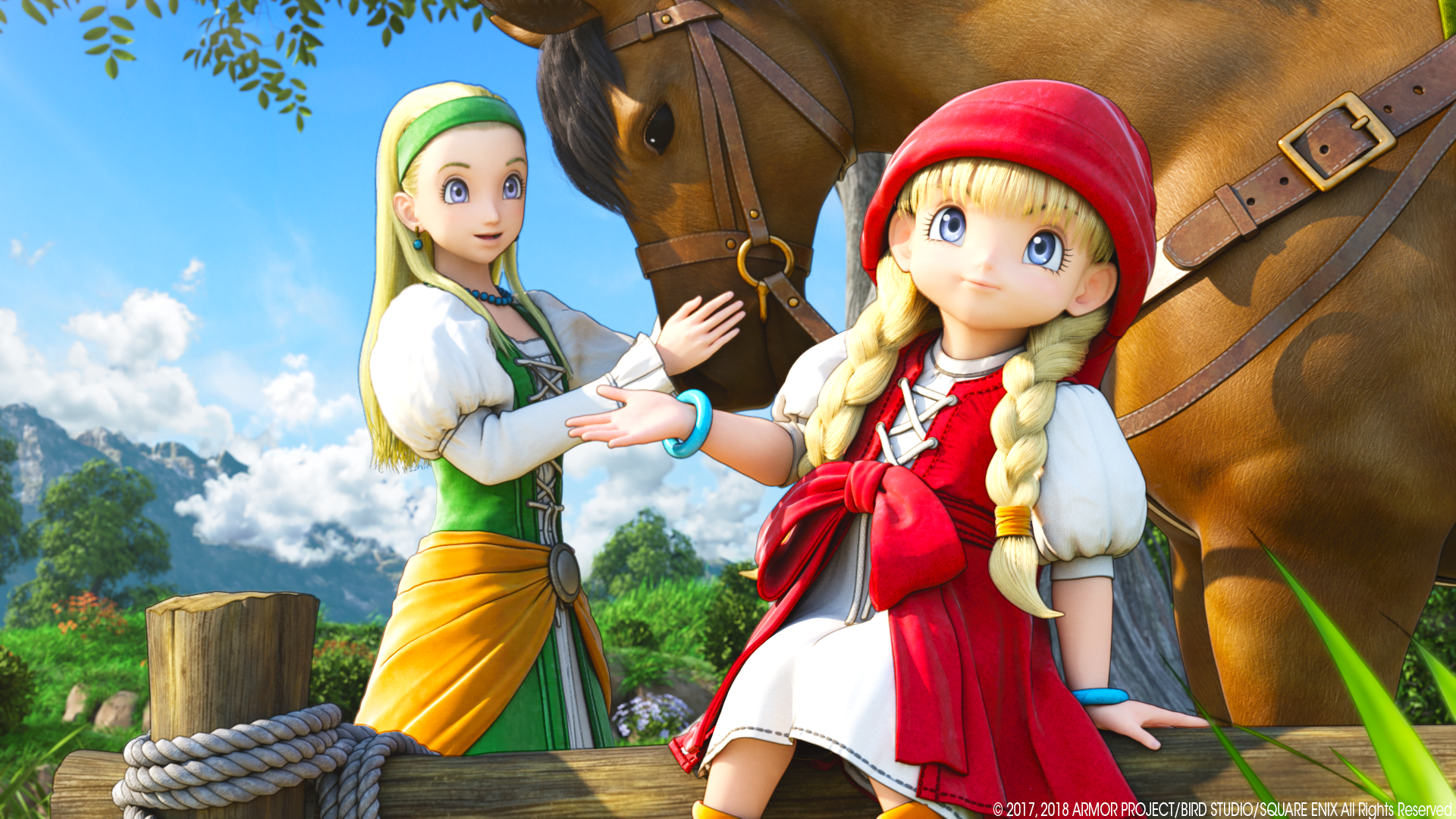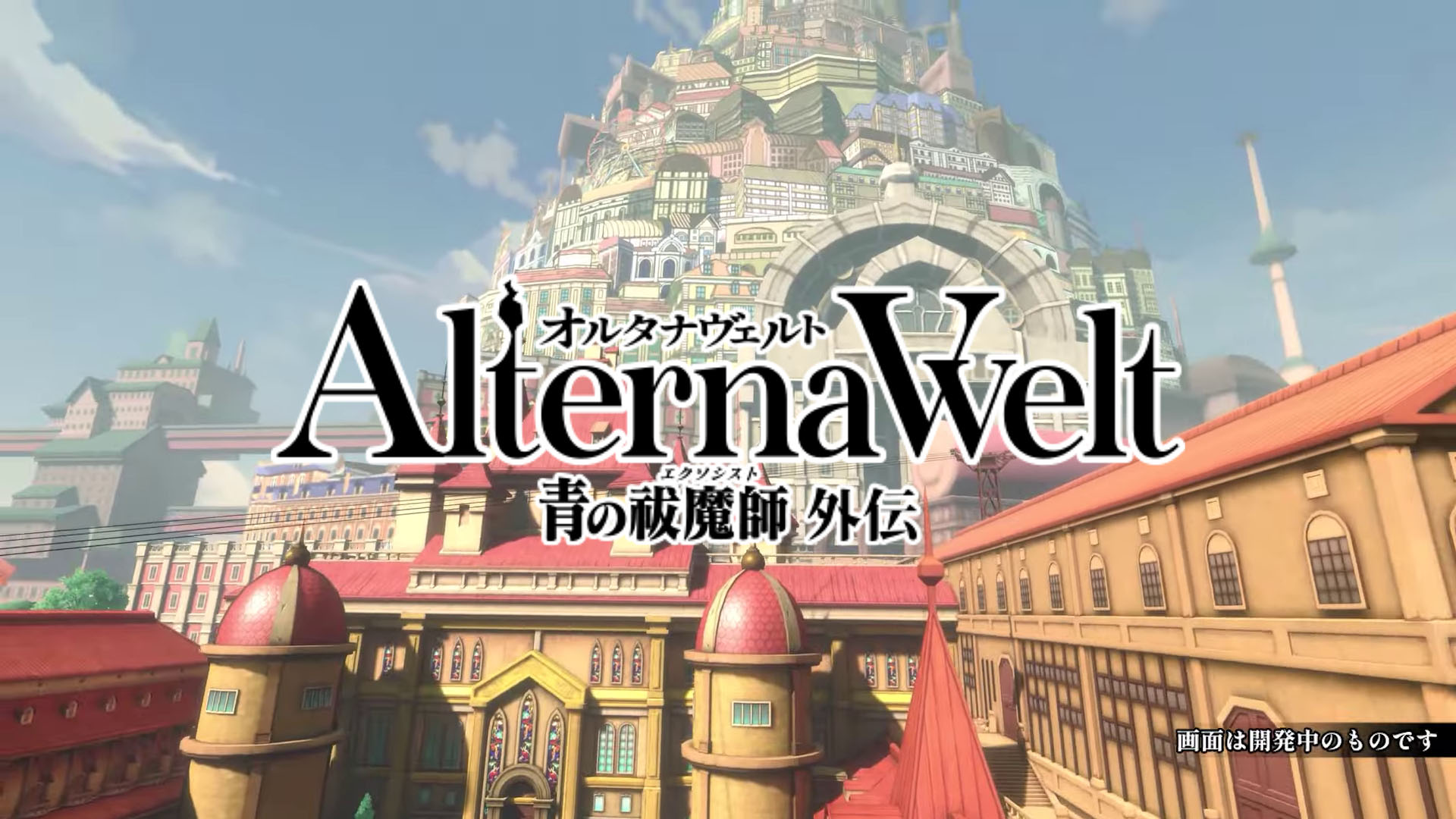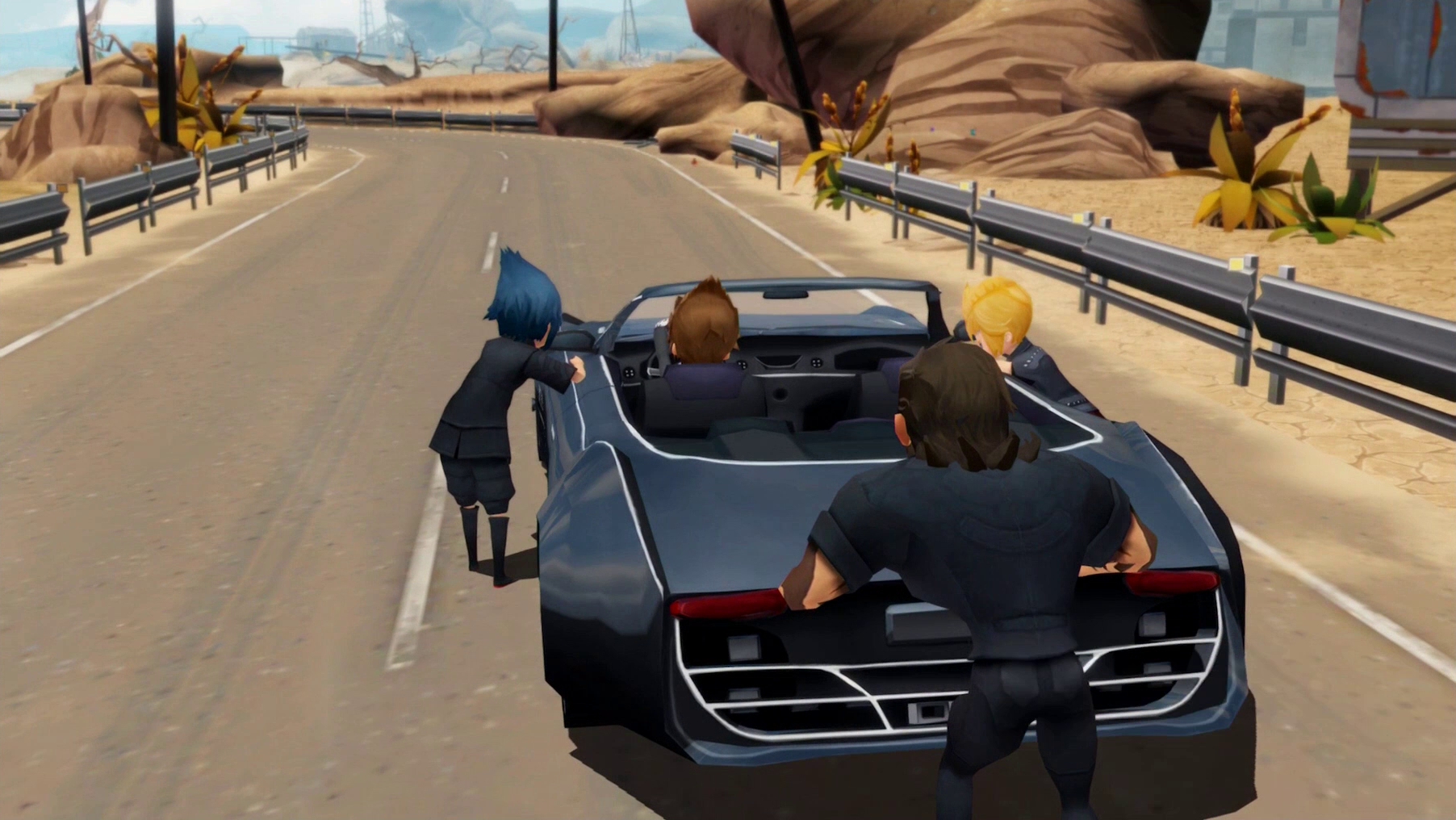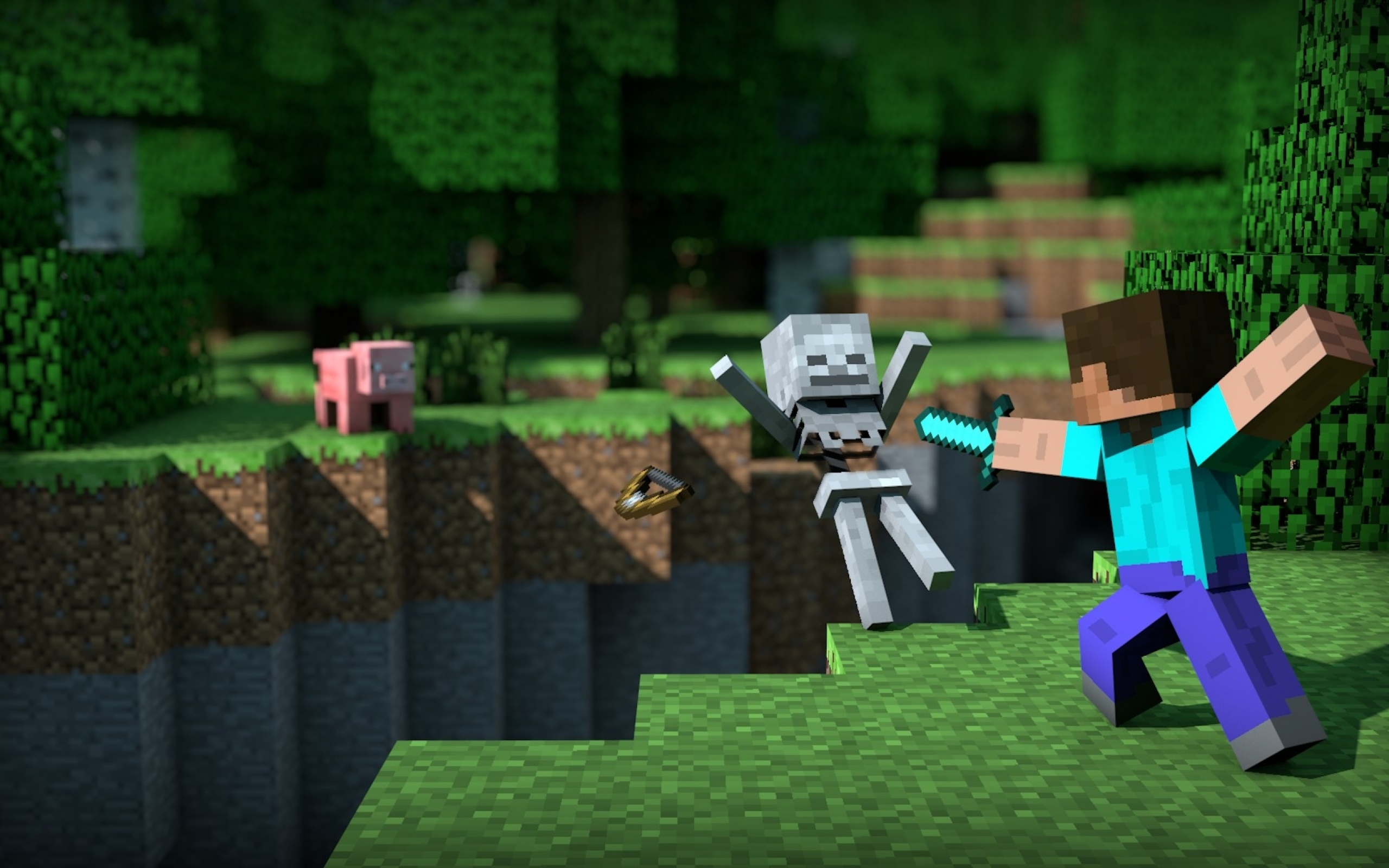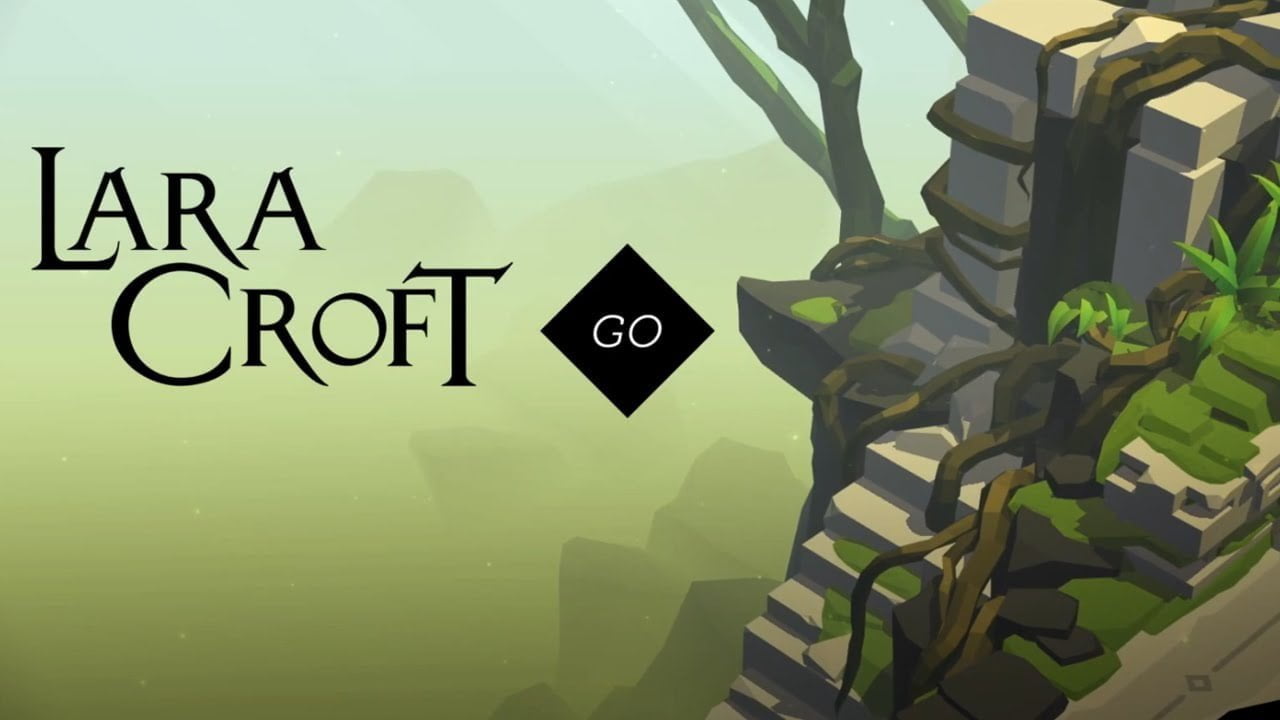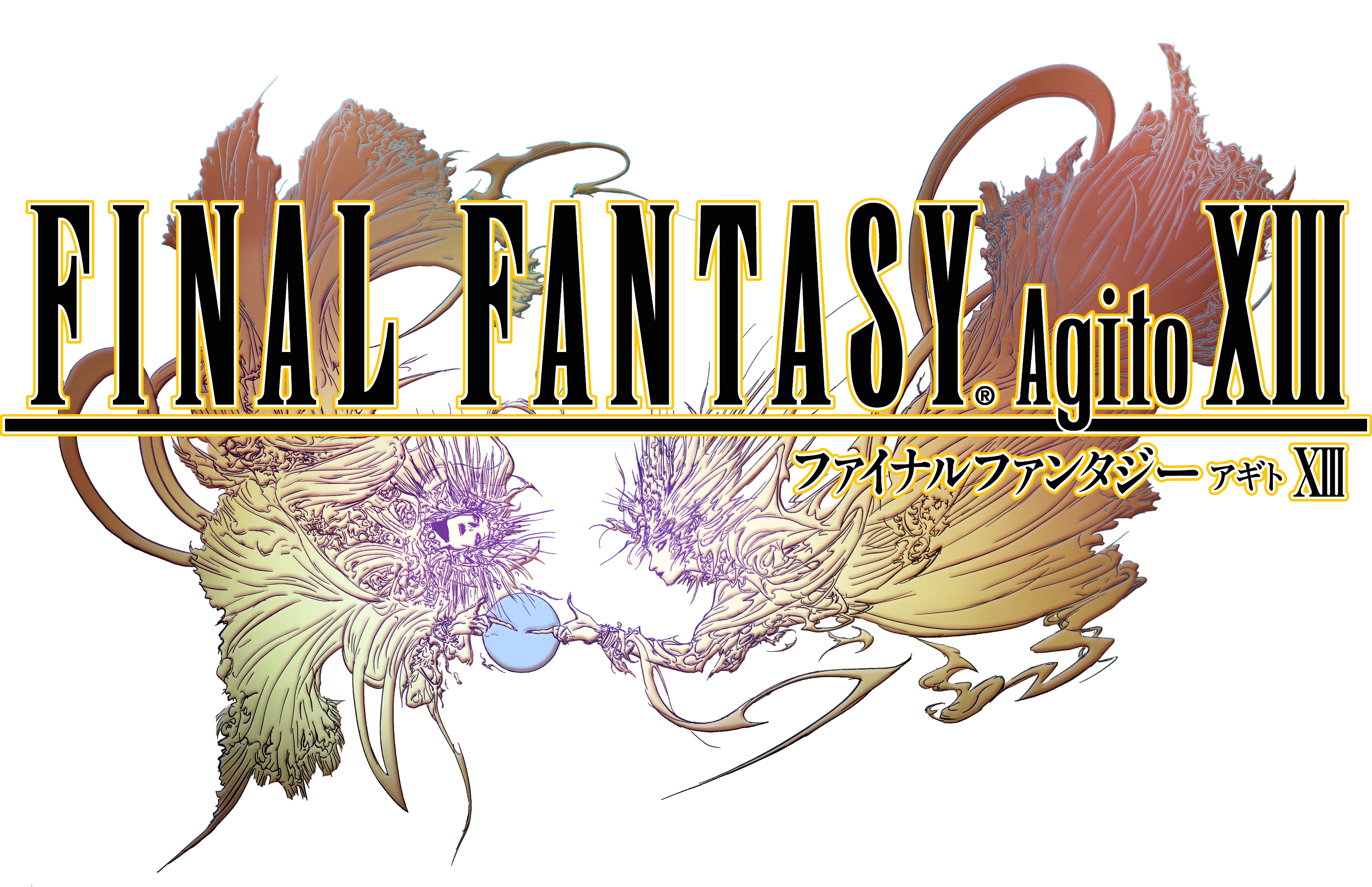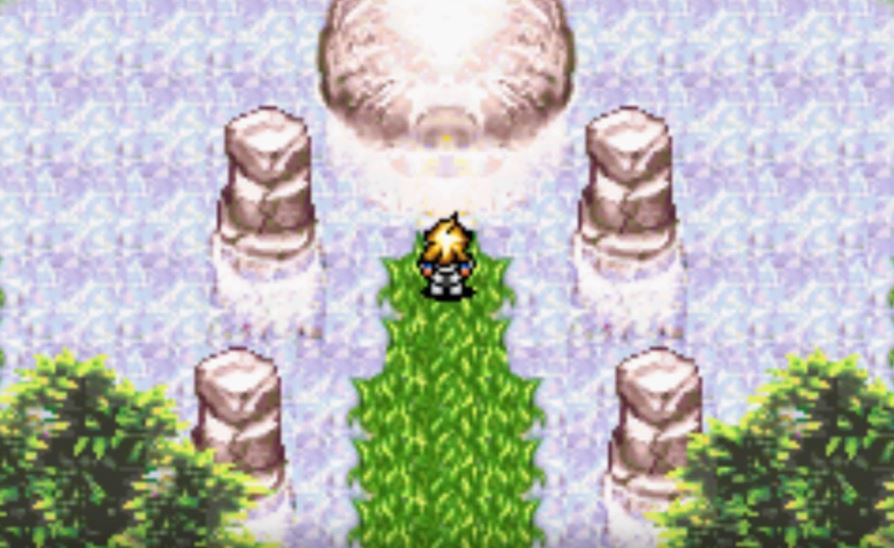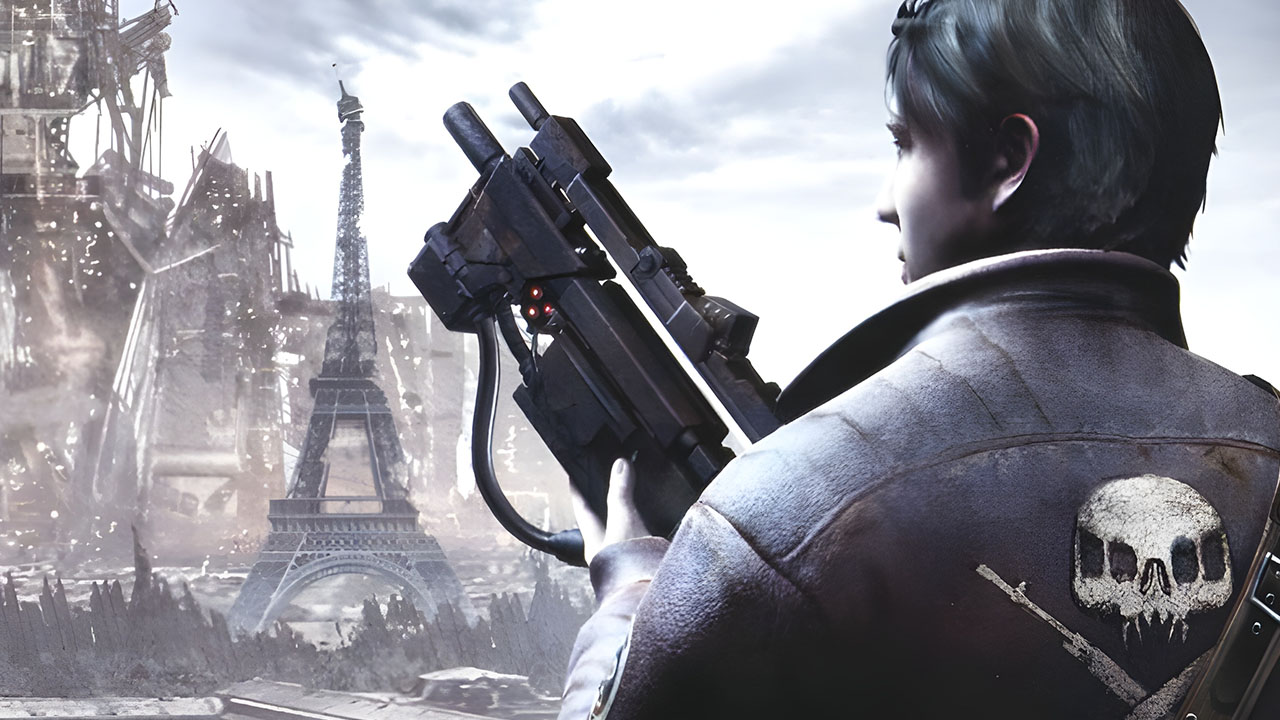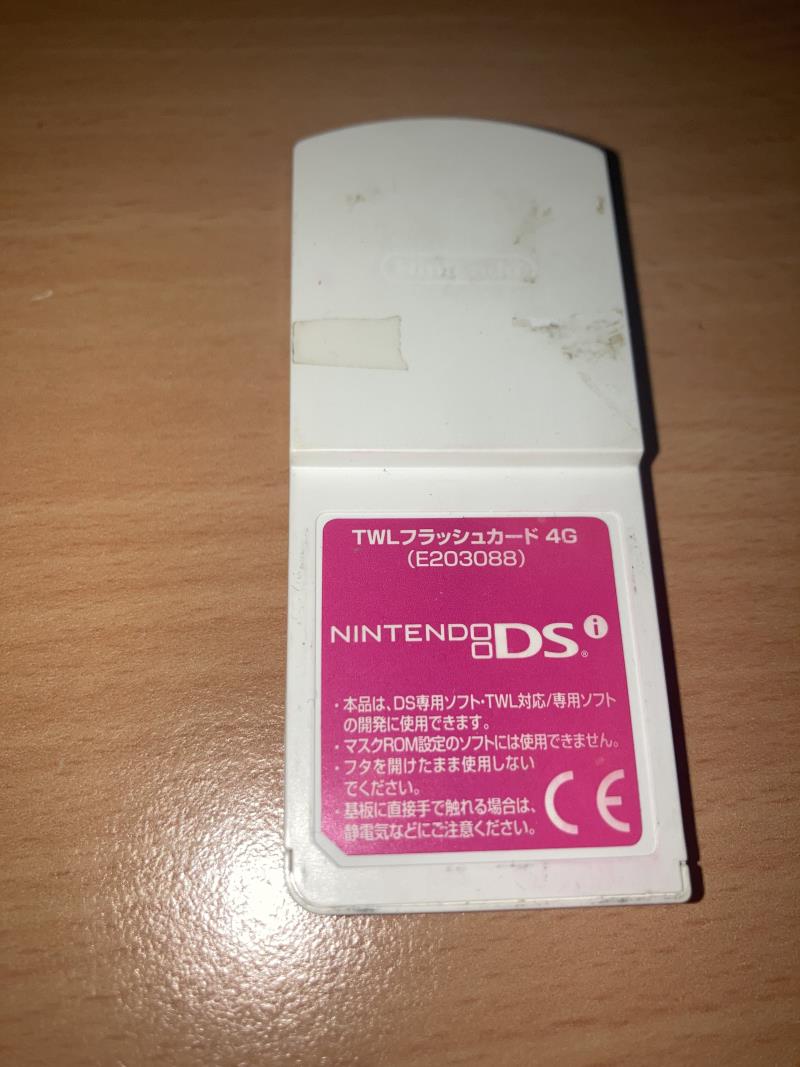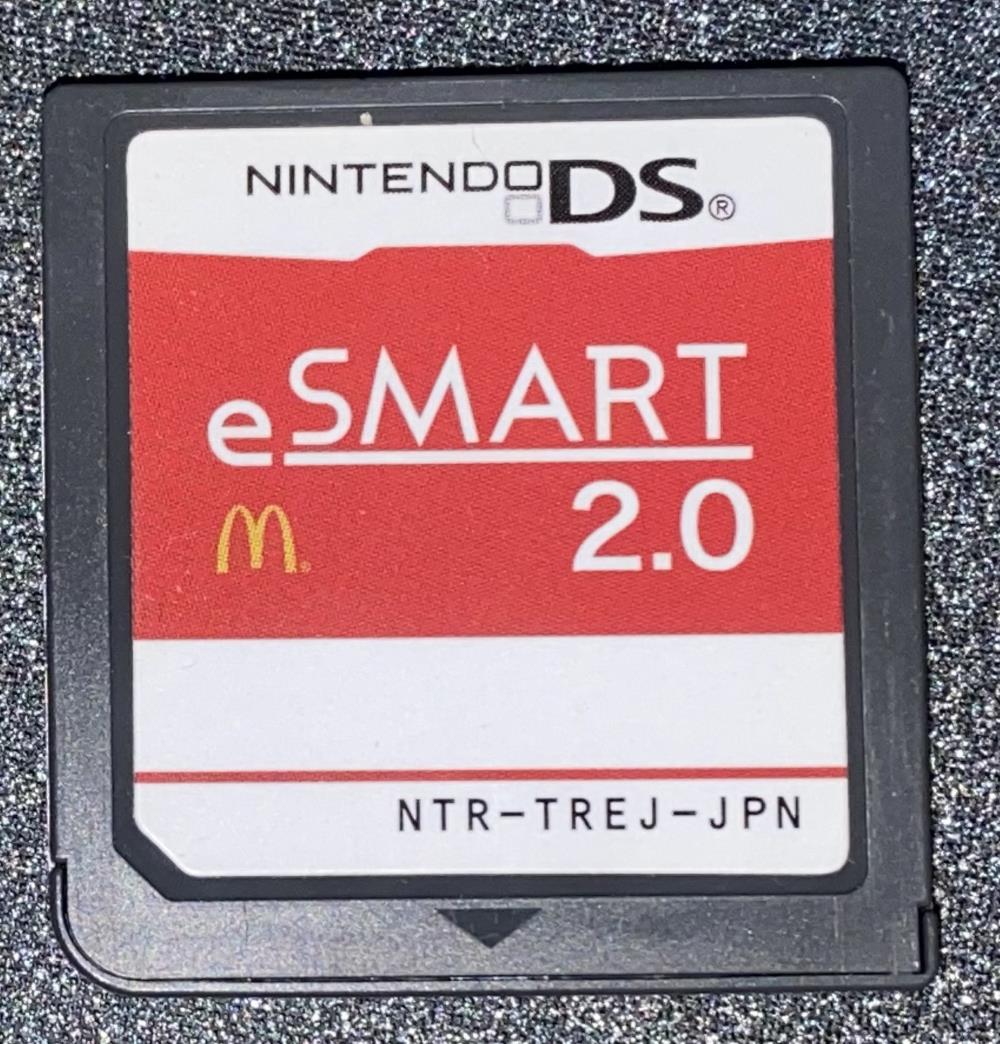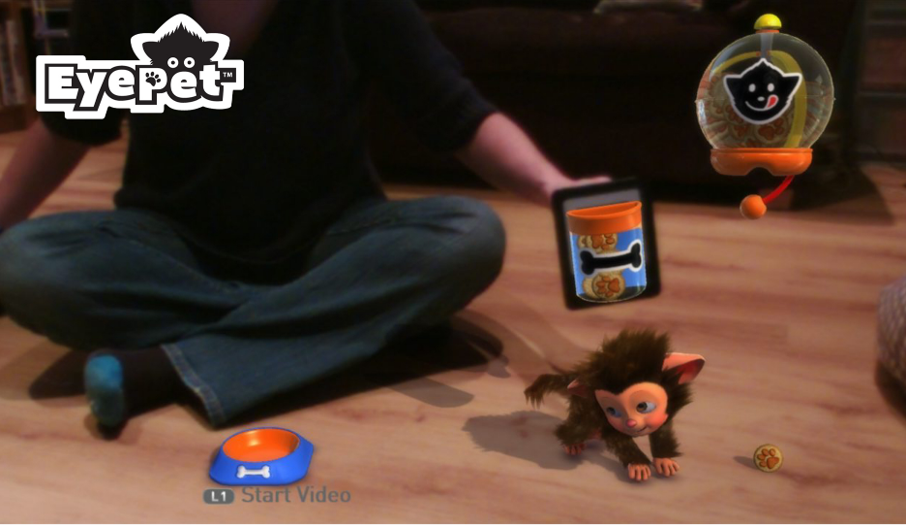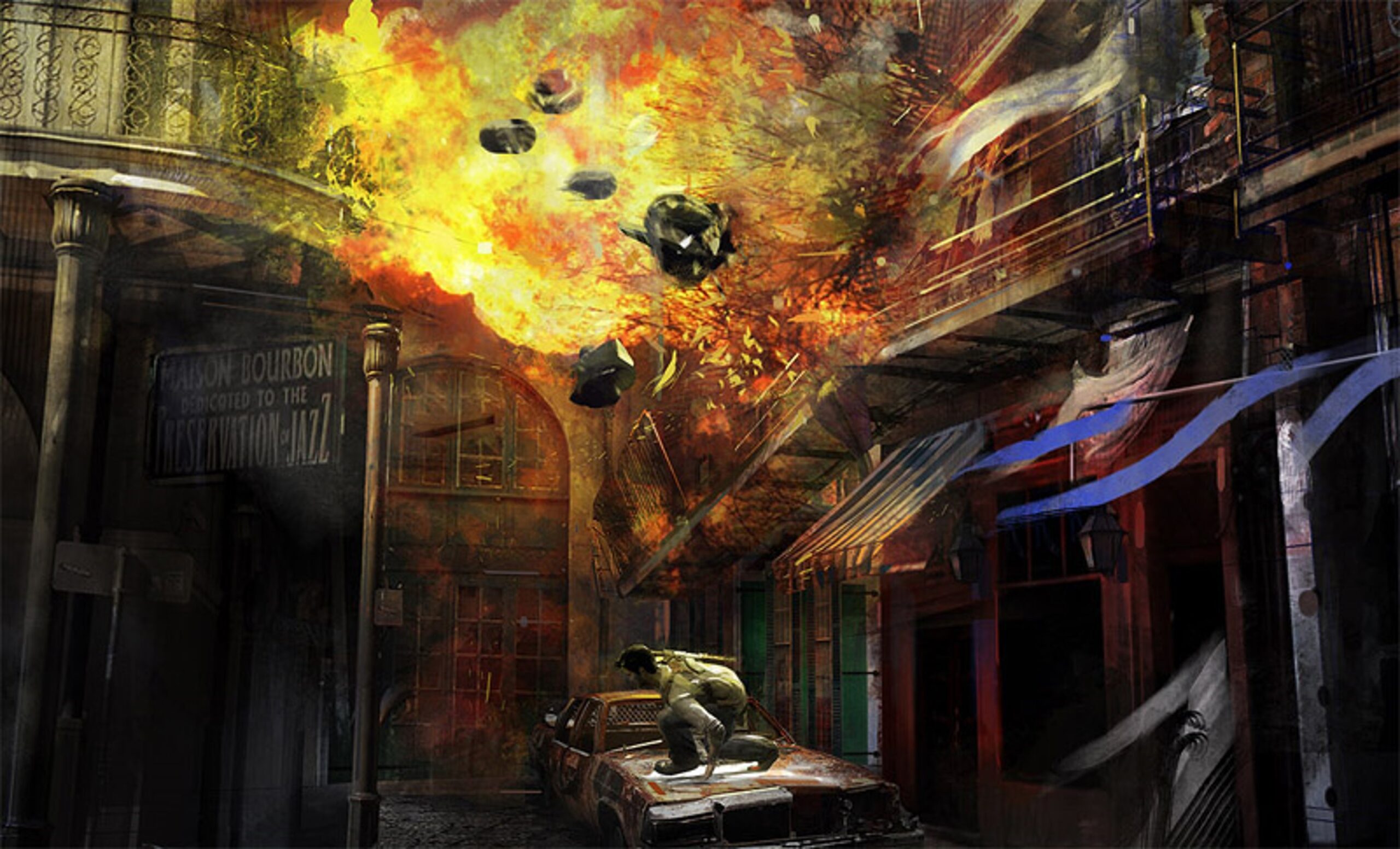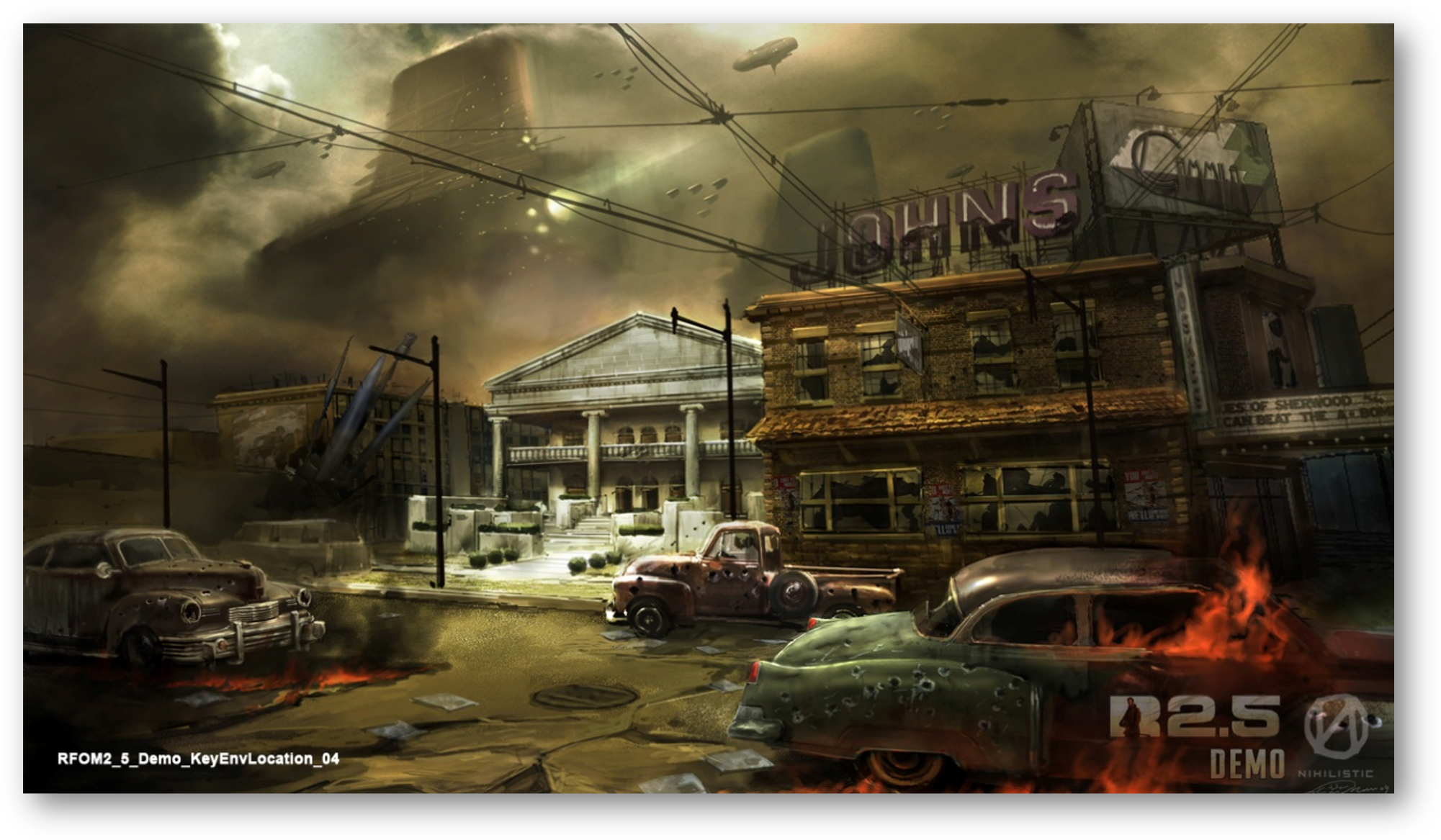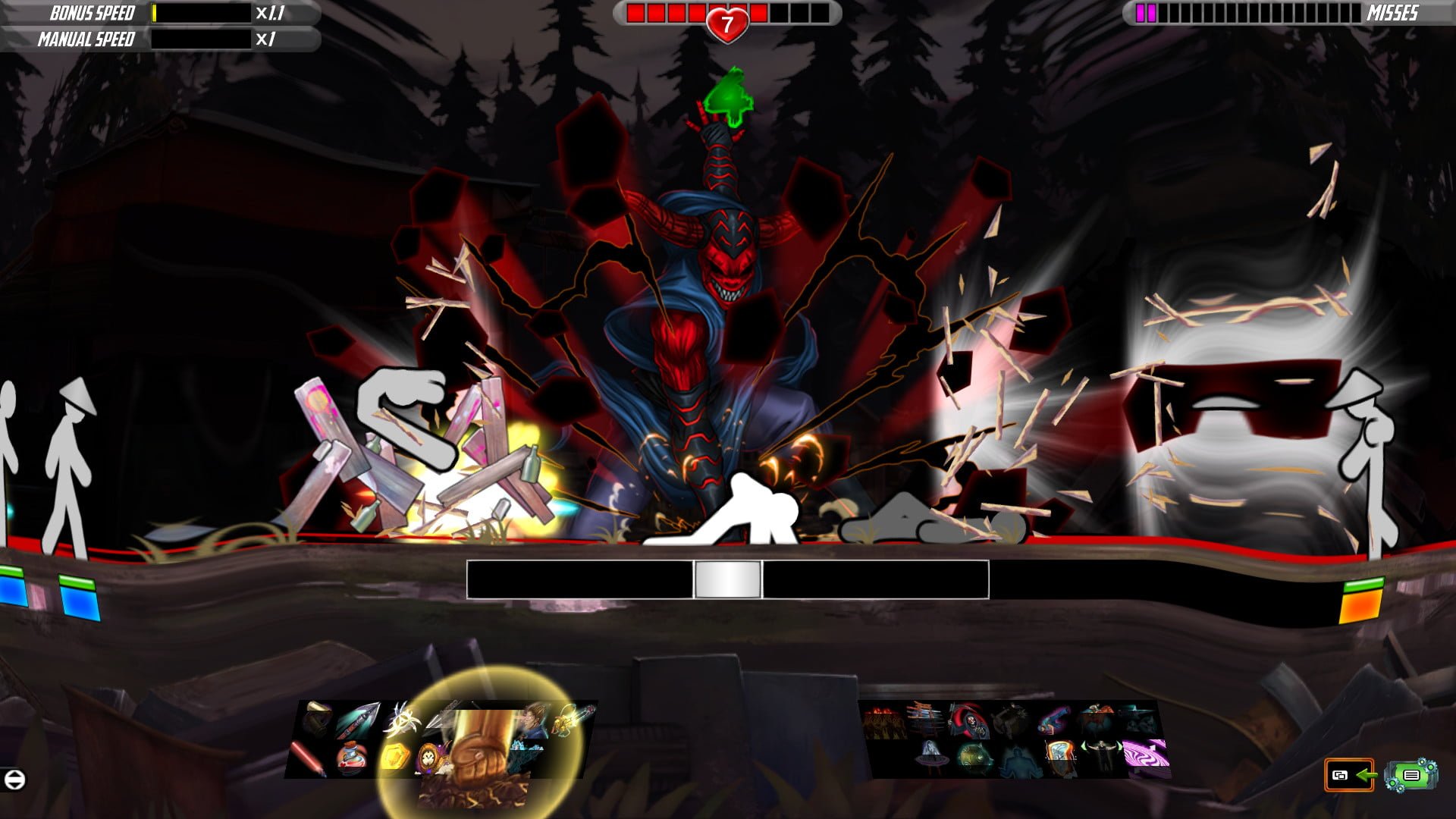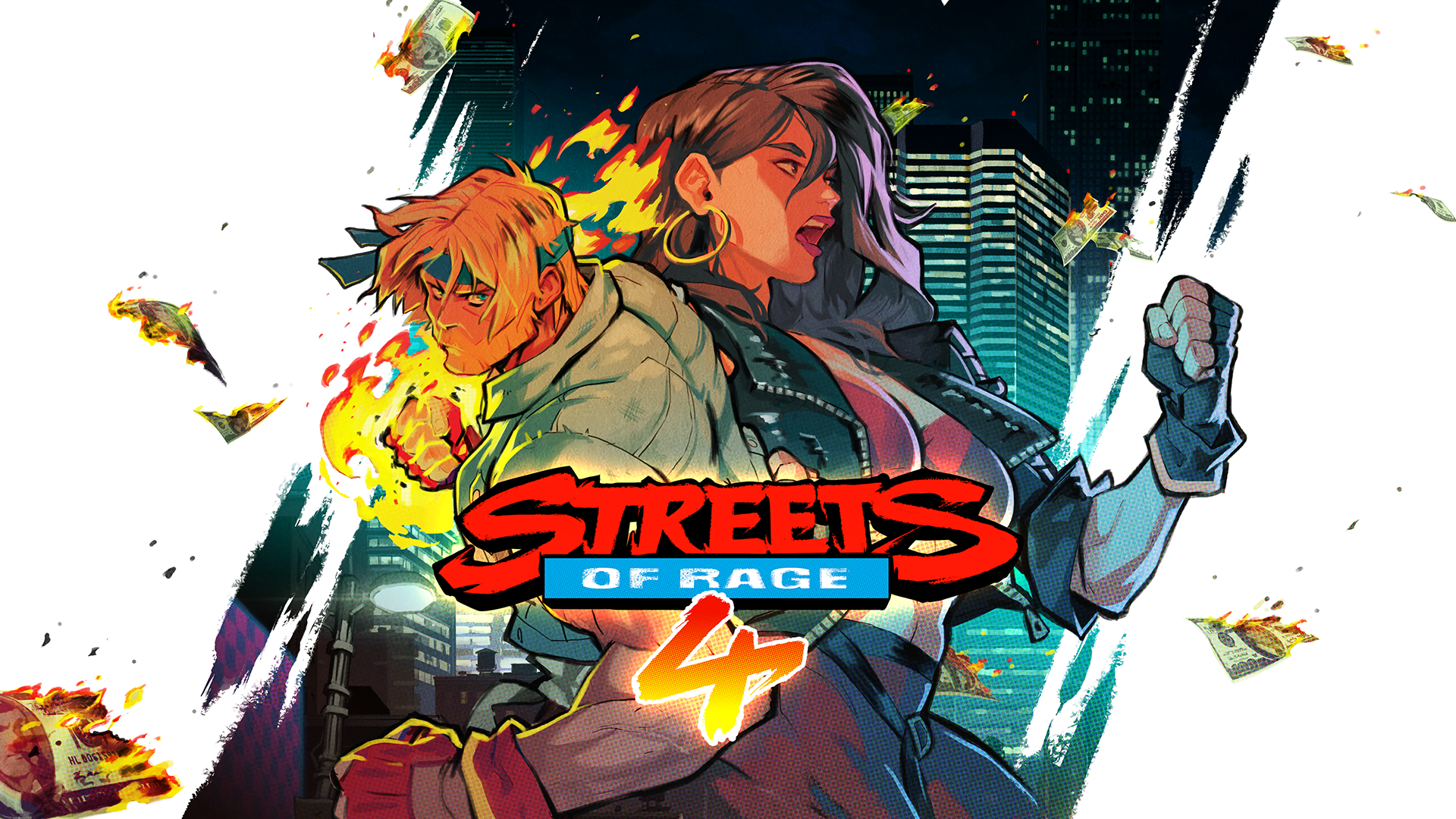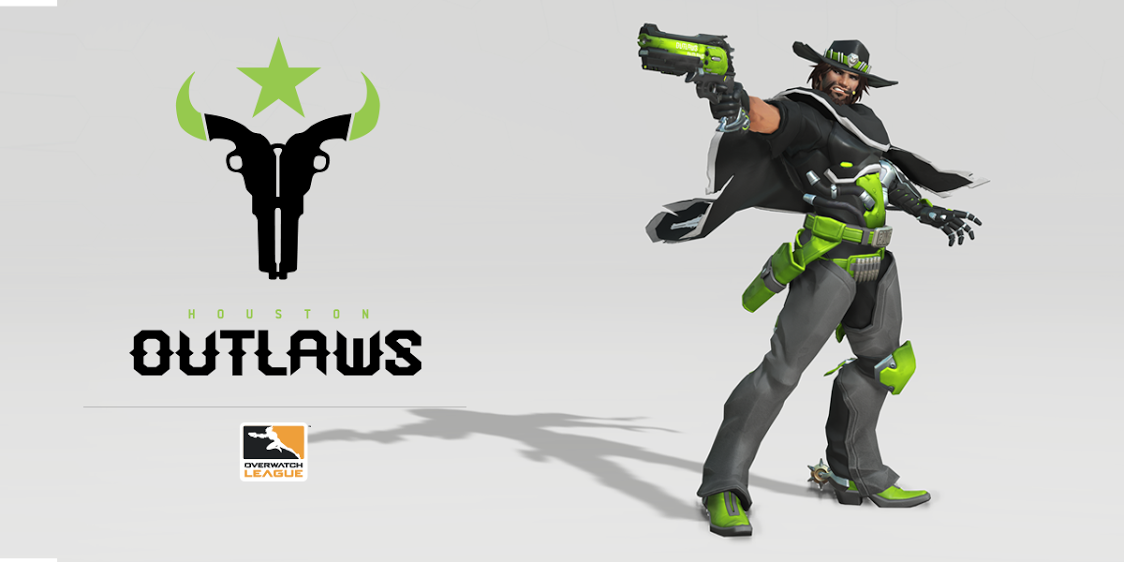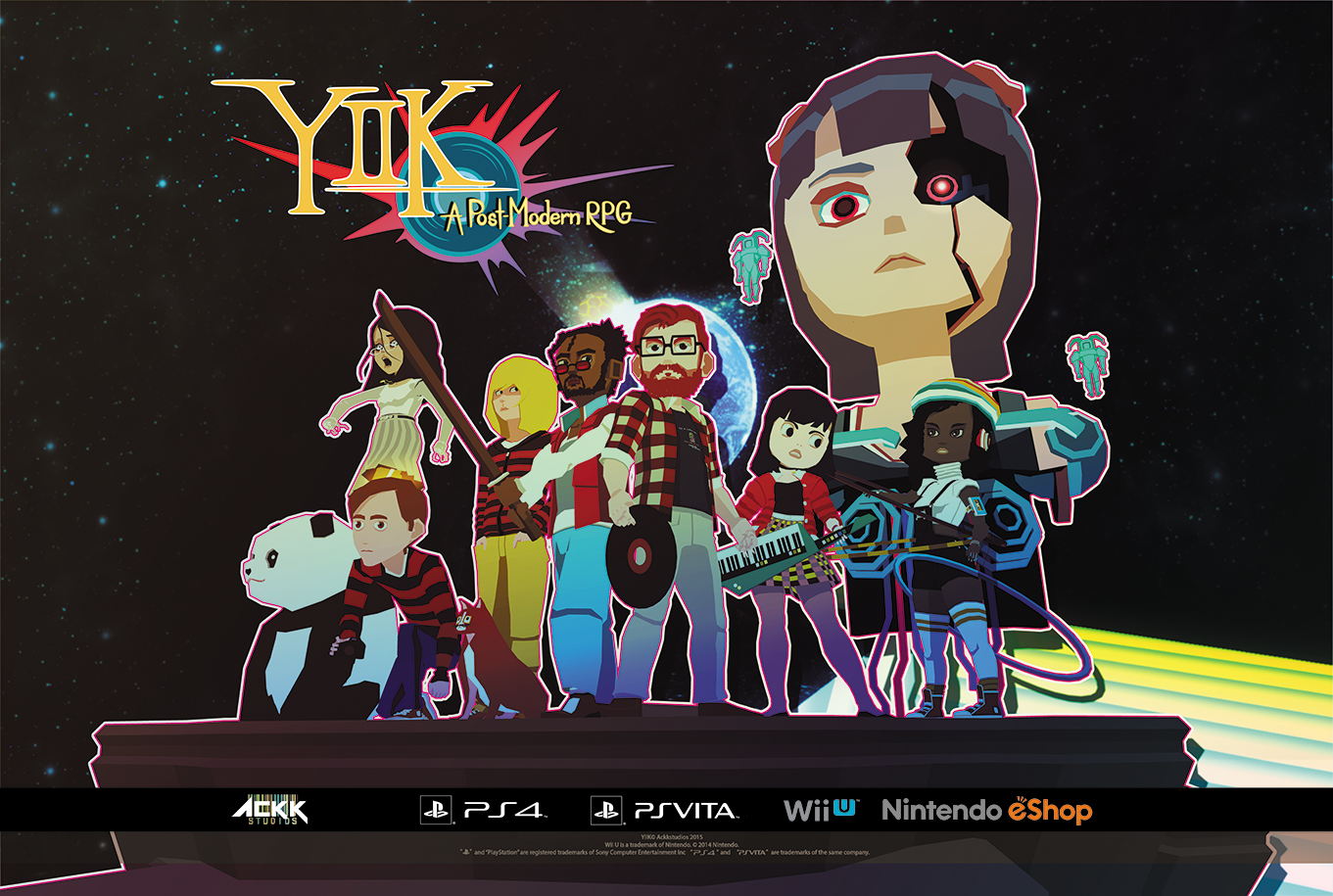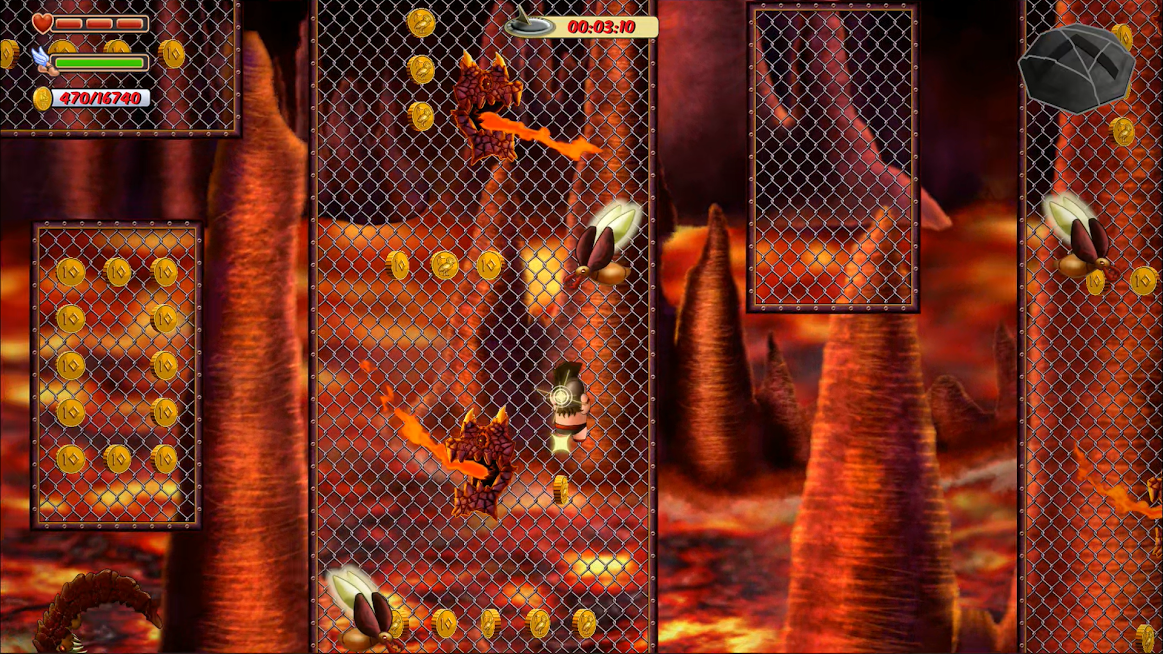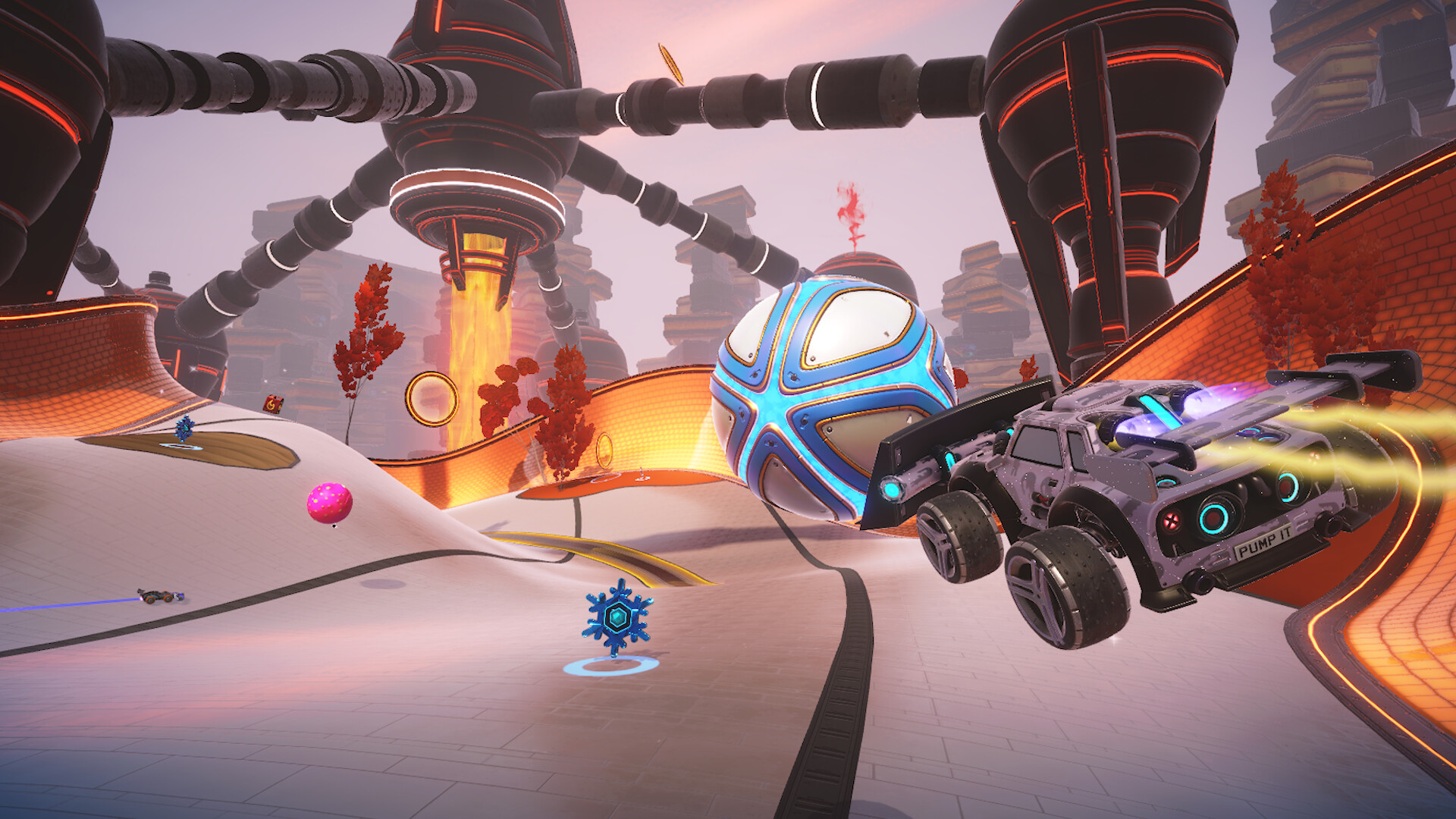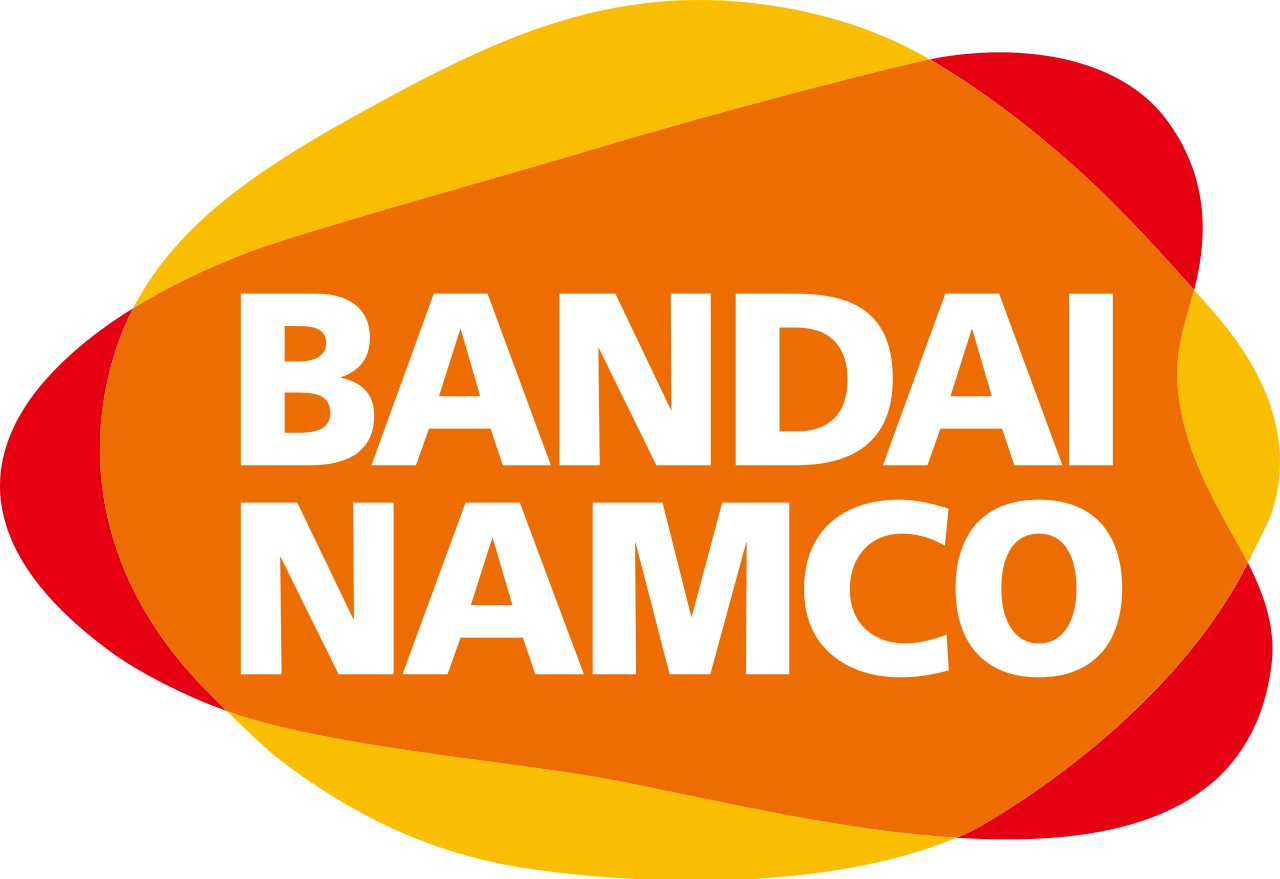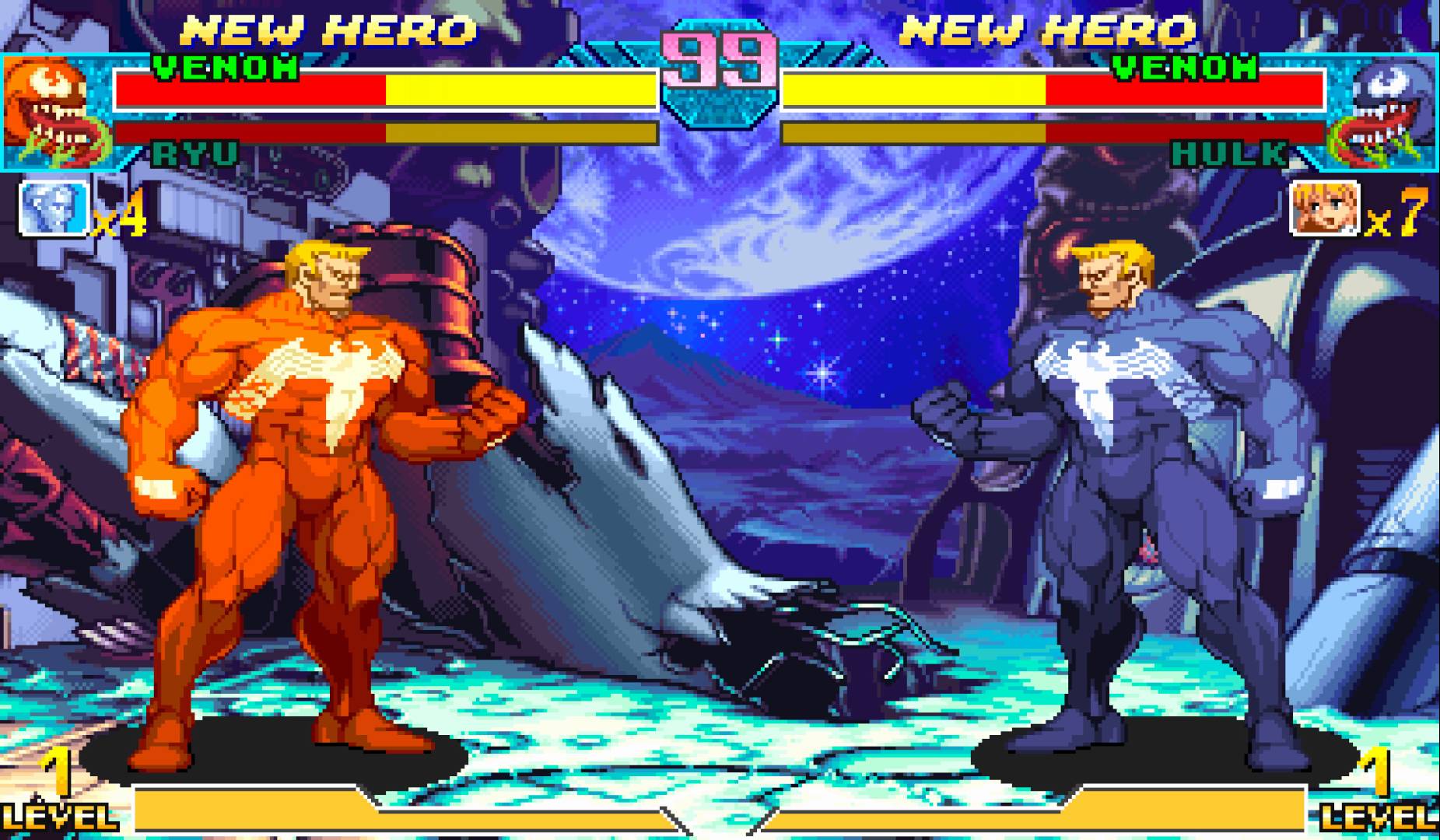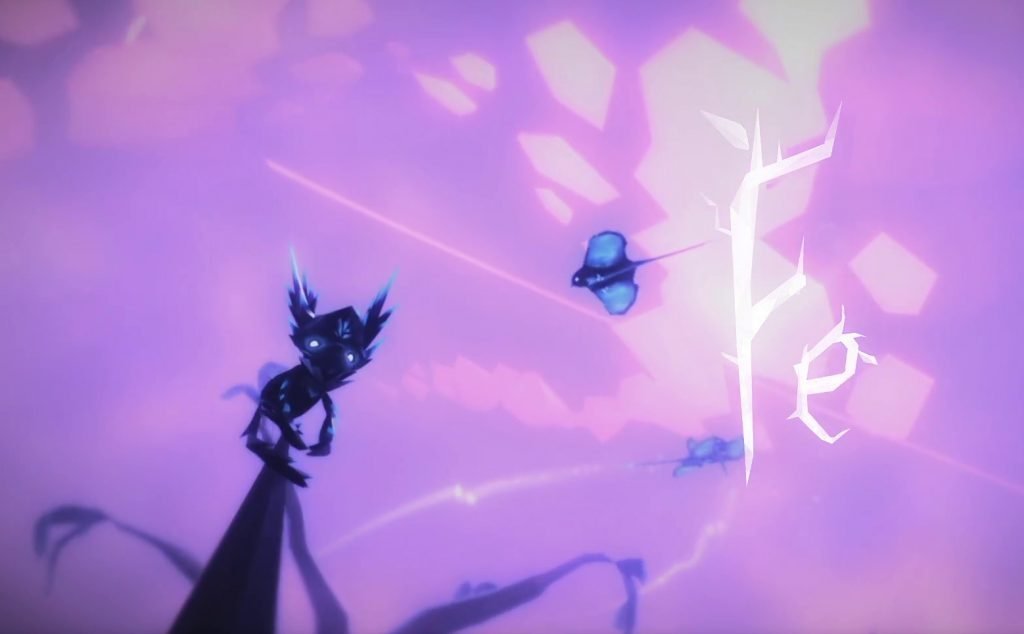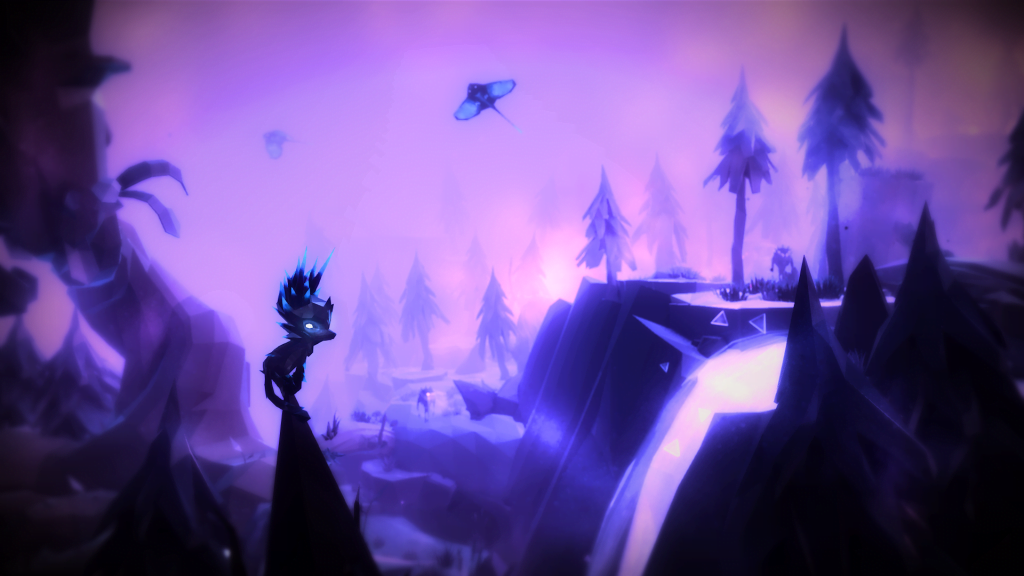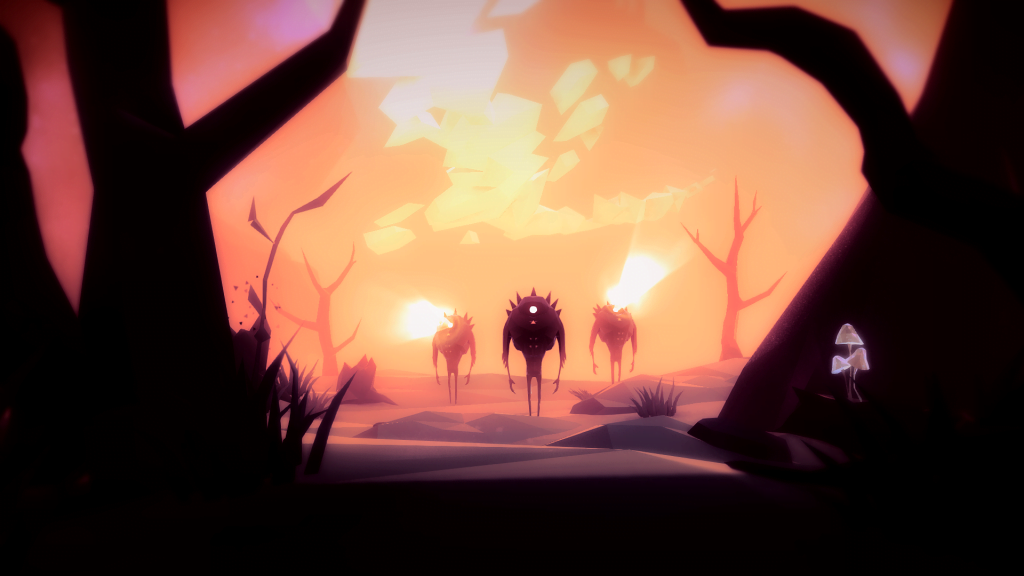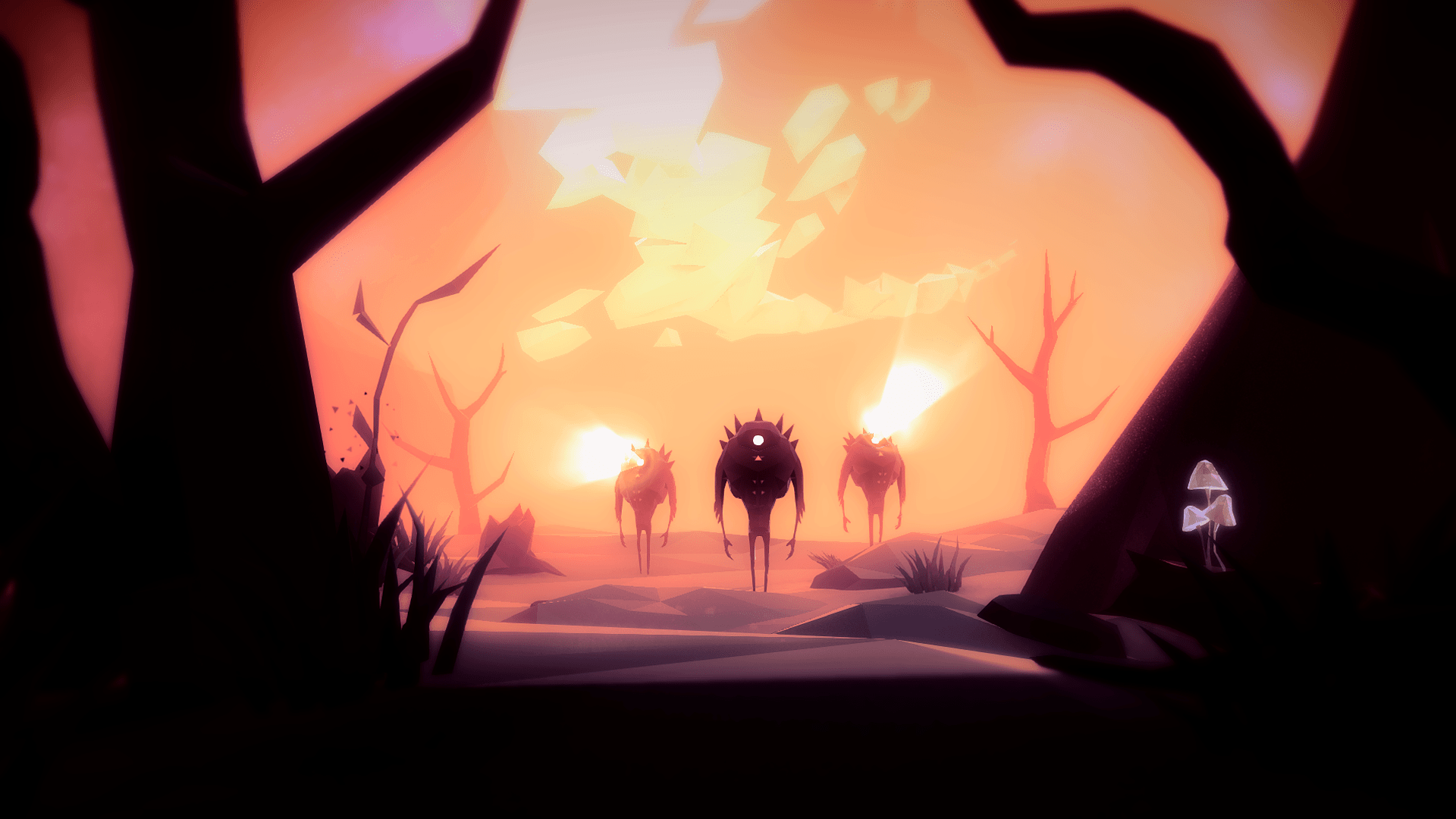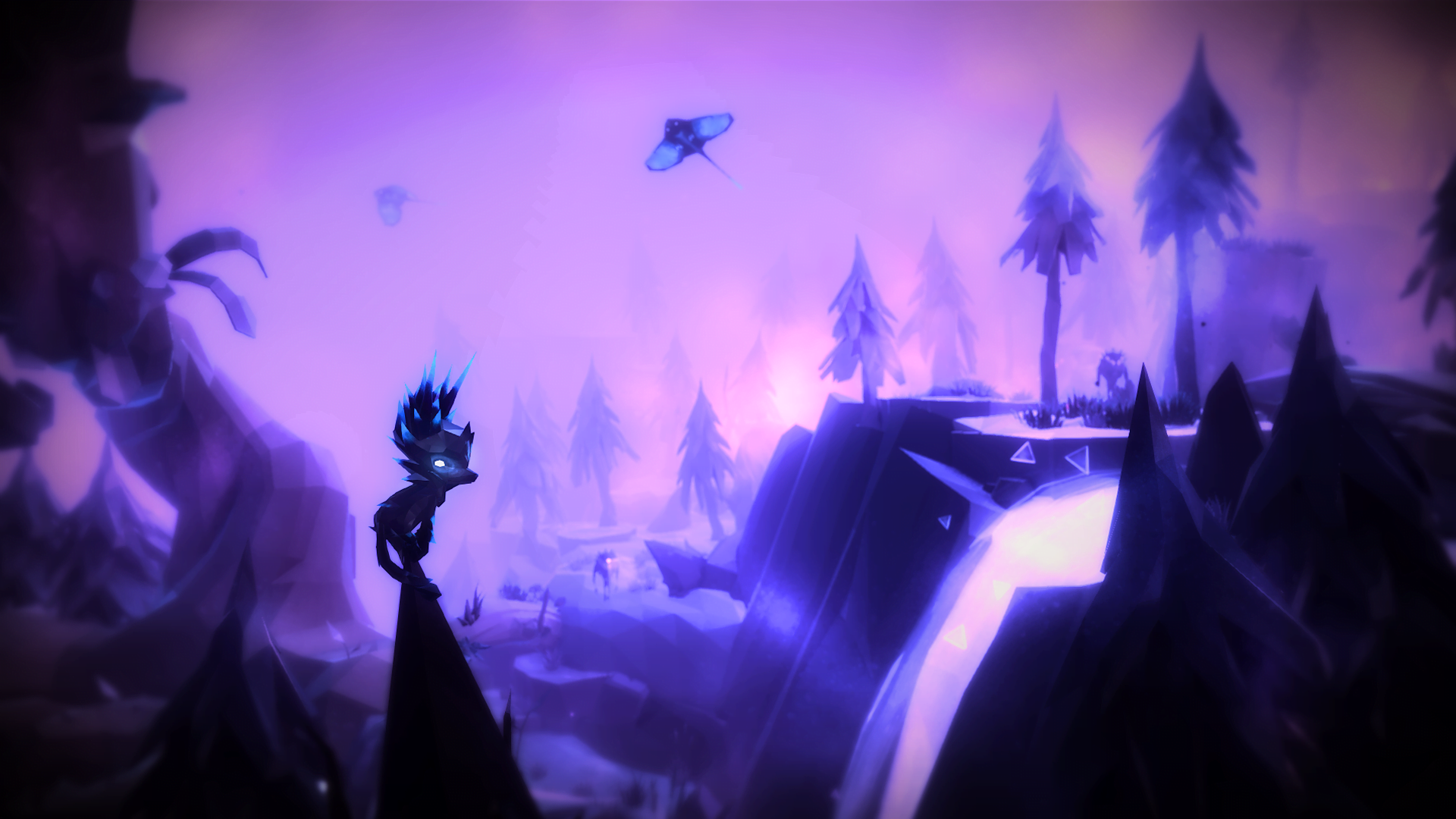During EA’s Press Conference the entire world was not only introduced to EA Originals, but also exposed to a beautiful looking game called Fe. A game like this reminds us all that not all games need to be filled with Michael Bay style explosions to get our interests and more importantly, video games can be art. Which is exactly how we felt. The world itself seemed calm yet exciting, and made us all want to just dive in and explore.
We recently sat down with Creative Director Hugo Bille to discuss Fe and its inspirations, art style, and the E3 experience.
GC: How far into development is FE at the moment?
Hugo Bille: We’re are currently working on mapping out the skeleton of the game so to speak, to make it playable from start to finish and give us a bird’s eye view of how all the areas, stories and quest lines fit together. Since we’re trying to build a world with a strong internal logic where everything is connected, we need to start with the big picture. It’s a constant back and forth between gameplay and storytelling. Once we’ve climbed that hill, we’re going to have an incredible amount of polish to get to. One of the many blessings of working with EA is that we don’t have to rush the game. This is our chance to make the game we’ve dreamed about, so it might take some time.
GC: What was it like being able to show off the game at E3 this year during EA’s Press Conference?
HB: It was Klaus, our CEO who went on stage and from what I understand he was quite nervous but still really excited to be able to show Fe on the world’s largest gaming stage. We only sent the creative directors and CEO to E3 so the rest of the team at Zoink had gathered at the office late on Sunday night to watch the conference live. Afterwards our Twitter just exploded and everyone was congratulating us on the reveal of the game. It was a crazy night indeed!
GC: How much involvement does EA have with FE?
HB: We had been working on Fe for a long time before EA entered the picture, and they have partnered with us because they believe in our vision for this game. The folks at EA have experience from an unimaginable amount of game projects though, and we trust them to give us sound advice. But at the end of the day the creative control lies with us, and we will always strive to deliver on our original vision. That’s the whole point of EA Originals, to let independent voices be heard.
GC: What can you tell us about the little fox like character that we get to play as?
HB: There is much to discover about the player character, but we don’t want to give anything away. We call the character Fe for convenience, but that’s not necessarily its real name, and we don’t presume to know its gender either. We created the character in the player’s image; an innocent, curious creature with no knowledge of the forest. Early in the game you will discover that there are others like you in the forest. Where that story leads, you are going to have to find out for yourself.
GC: I noticed quite a few different types of enemies within the game, can you give us a bit more detail about what we can expect to see?
HB: Fe features a diverse array of animals; some eat other animals, some eat plants, some eat stranger things still. Some are mammals, some lay eggs, some reproduce in ways so unusual it would be a spoiler to talk about it. Some may try to eat you or get rid of you, others are more playful and easier to approach. We don’t think of any of them as enemies; rather your relationship with them is shaped by the situation. If you threaten its children, even the most peaceful deer might attack you. We have chosen to work with a relatively small number of species so that you get the time to really get to know them and all their complex behaviour, and you get to meet each species at different development stages, from the smallest hatchlings to the ancient elder deer.
GC: Fe is an open world free roam exploration game, what were some of your inspirations for this?
HB: Fe has been with us for many years, and has taken very different forms before it finally took on the shape you see today. Through all these forms, however different, Fe has been about creating an authentic nature experience, to recreate the sense of uncertainty that most of us in the team remember from going out into the forest as kids. You know there is beauty in the forest, and you know there is danger, but what is what? There is something lurking beneath the surface, and you don’t know whether to embrace it or hide from it. But over time, you will start to understand, and make the forest your home. We want you to experience that sense of adventure, of being thrown into a strange world and having to make your own discoveries to make sense of it all. We are inspired by games like Super Metroid and Shadow of the Colossus, which already do wordless storytelling and exploration really well, but we think we’re taking all that in a new direction.
GC: What inspired the art style of FE?
HB: Fe is a videogame that tries to emulate a forest. That’s kind of blasphemous in a way, to assume that a computer could compare to the majesty of the natural world. But we really liked the tension that arises there, between the cold computer graphics and the lush forest they portray. We decided to take that to the max; to present a minimalist image made of harsh contrast and large polygons – it’s undeniably artificial when you first see it, but because it leaves a lot of room for imagination you quickly forget all that and sink into its world, like an impressionist painting.
GC: What led to the decision to make the game 3 dimensional as Zoink’s more recent games(Swing King, Zombie Vikings, Stick It To The Man!) have all been in 2D?
HB: The Forest experience we strive for does not lend itself very well to 2D. We want to immerse you in the game world and make you feel like you are truly there, in the moment. Having a 3D camera and a fine-tuned platformer move set was absolutely crucial for us to arrive at that atmosphere. And we’ve been working in 3D before on many of our lesser-known projects, so it’s not a new environment for us by any means.
GC: How large of a role will music have while progressing through the game as I remember hearing Klaus say that every animal and creature,including the plants, have their own unique song?
HB: Communicating with animals is a huge part of Fe, and you do it mainly through song. You can sing at any time with the press of a button, and we’re using the analog shoulder buttons to let you play around with different tones and intensities of the song, turning each one into its own musical instrument. As you learn new songs, you can switch between them, and ultimately you will be able to mimic every animal you meet in the game. Then it’s up to you to figure out how the various species of the forest react to the sounds you make, either by quietly observing how other animals communicate, or by trying your luck and hoping you don’t offend anyone. Most of the problems you face in the game can be solved in different ways, depending on what kinds of animals you’ve learned to befriend. You will also find that the different songs affect plants in the environment, and you can use that to reach new areas as well.
GC: What kind of emotions do you hope players have while progressing through FE?
HB: Fe is all about the joy of discovery. We hope that players will experience the childish thrill of not knowing, when the world is an open book and anything could happen. With each discovery, that feeling – just like in real life – will slowly grow into confidence, into familiarity, as you start to grasp the rules of the game. Fe is a growing up story in many ways, but we hope that during your adventure, you will also be inspired by that more playful, curious mindset that children have, and the fresh solutions that only they can find.
We want to thank Zoink Games for taking the time to do the interview with us.
| Original content here is published under these license terms: | X | |
| License Type: | Read Only | |
| License Abstract: | You may read the original content in the context in which it is published (at this web address). No other copying or use is permitted without written agreement from the author. | |

